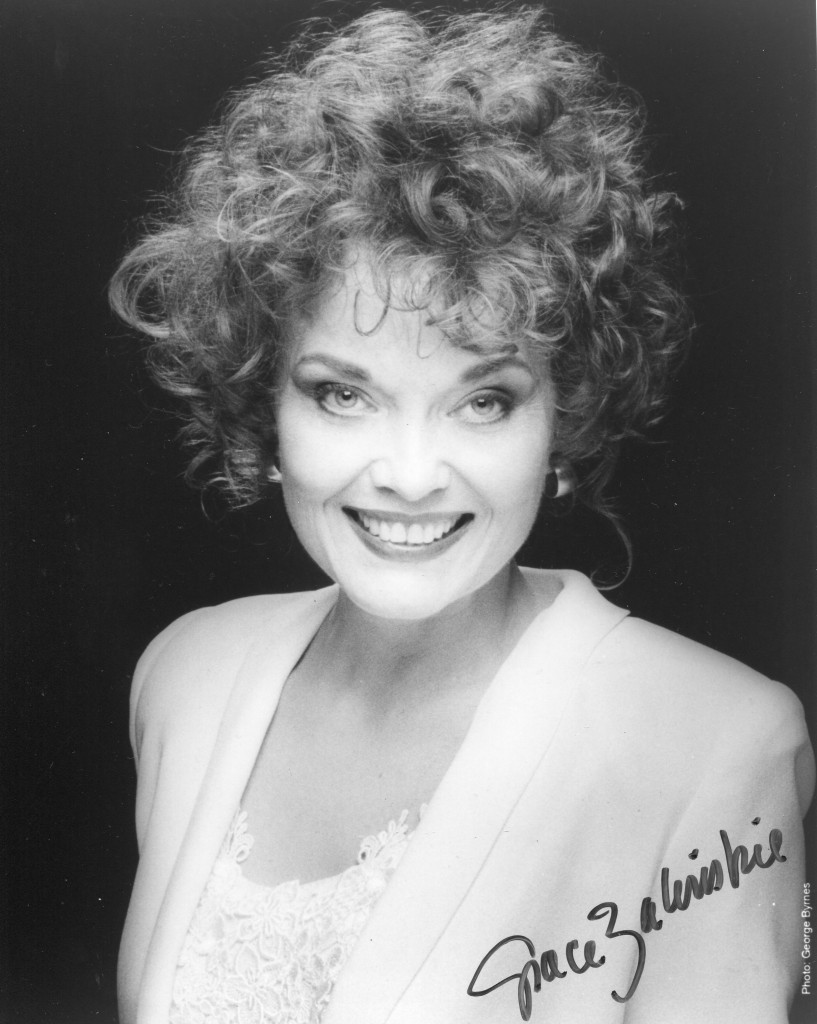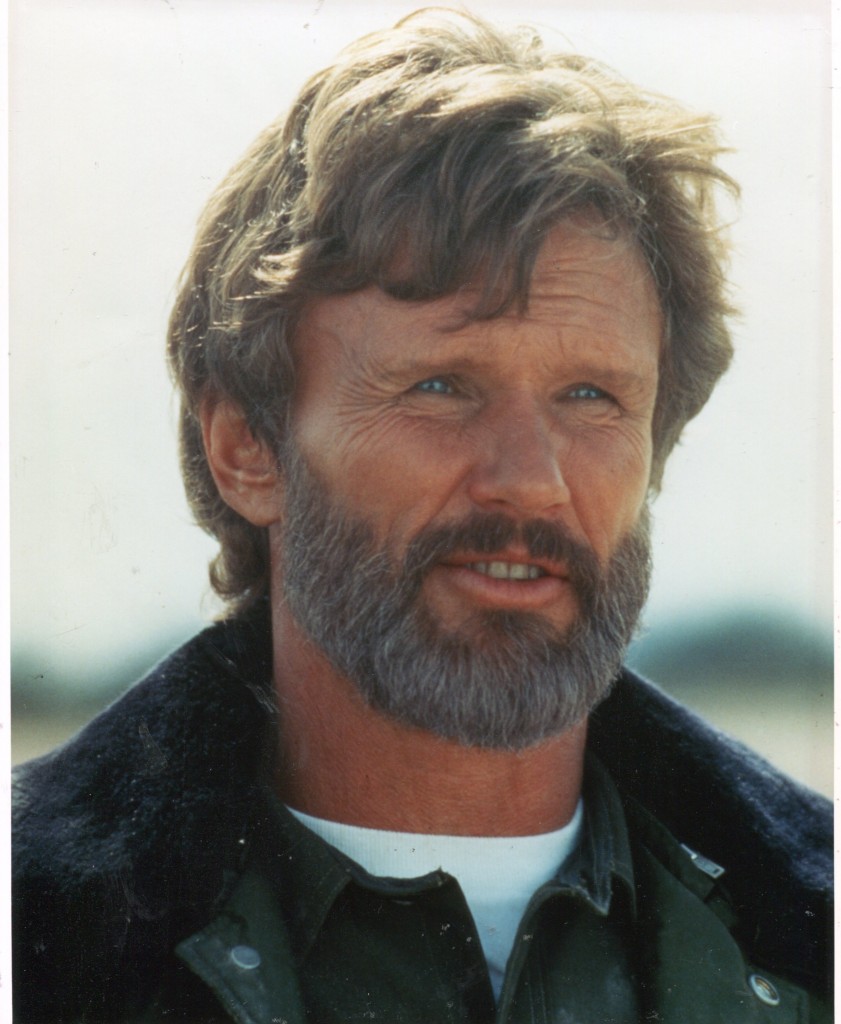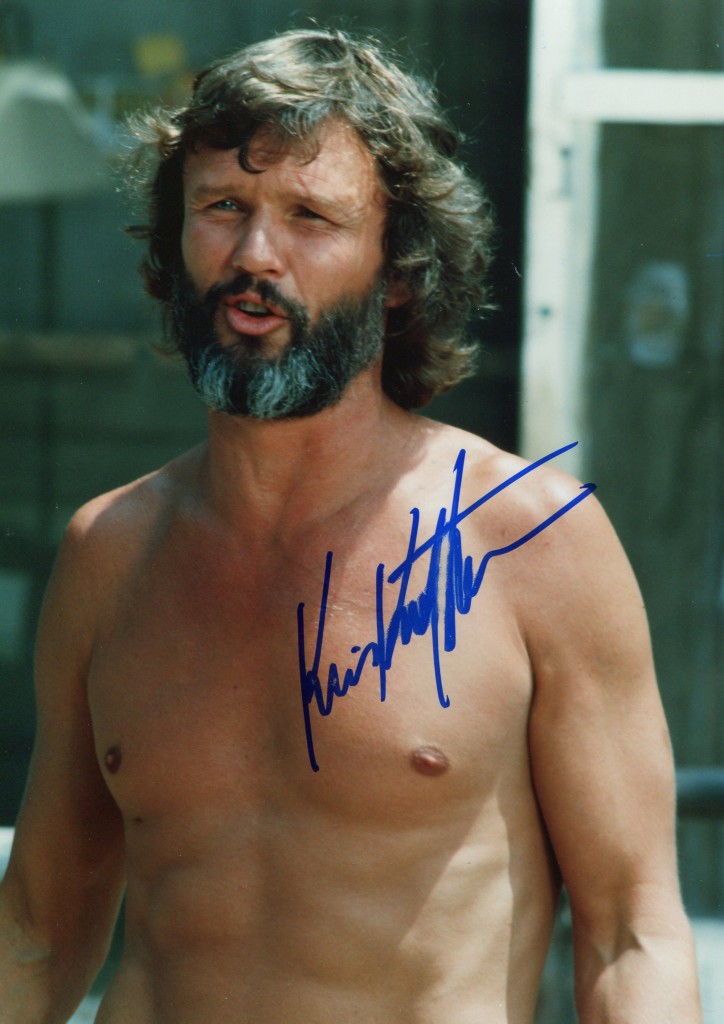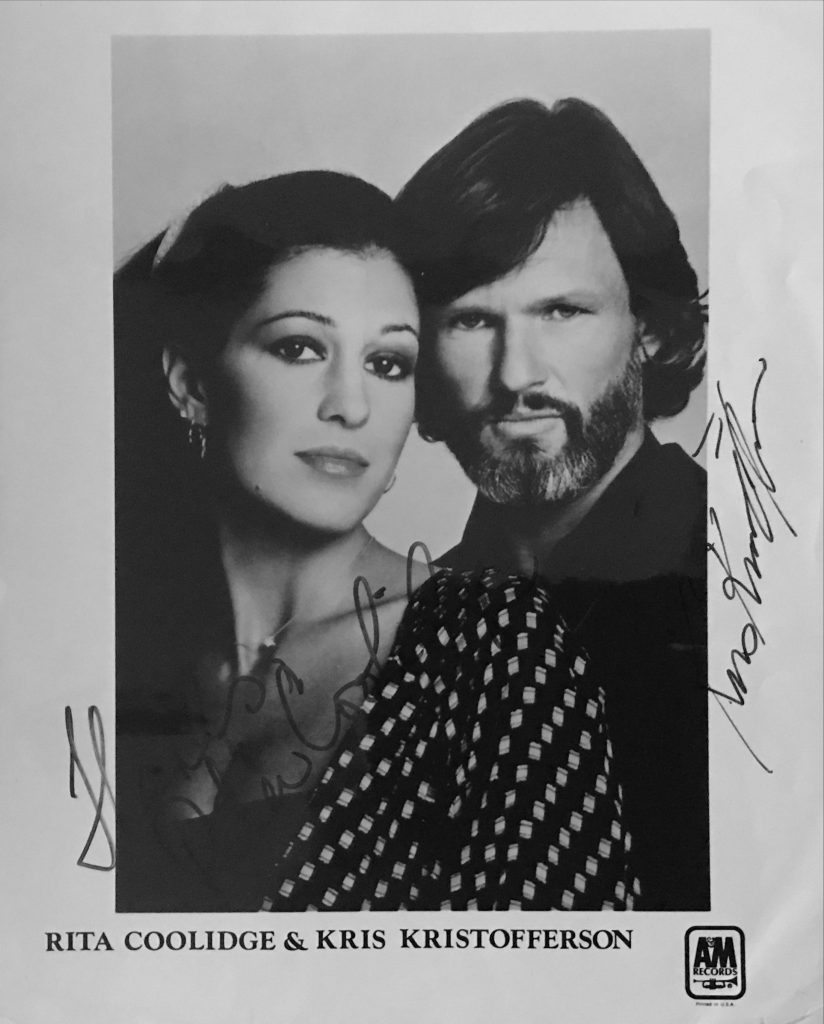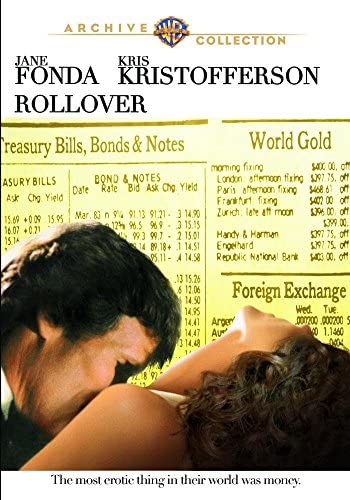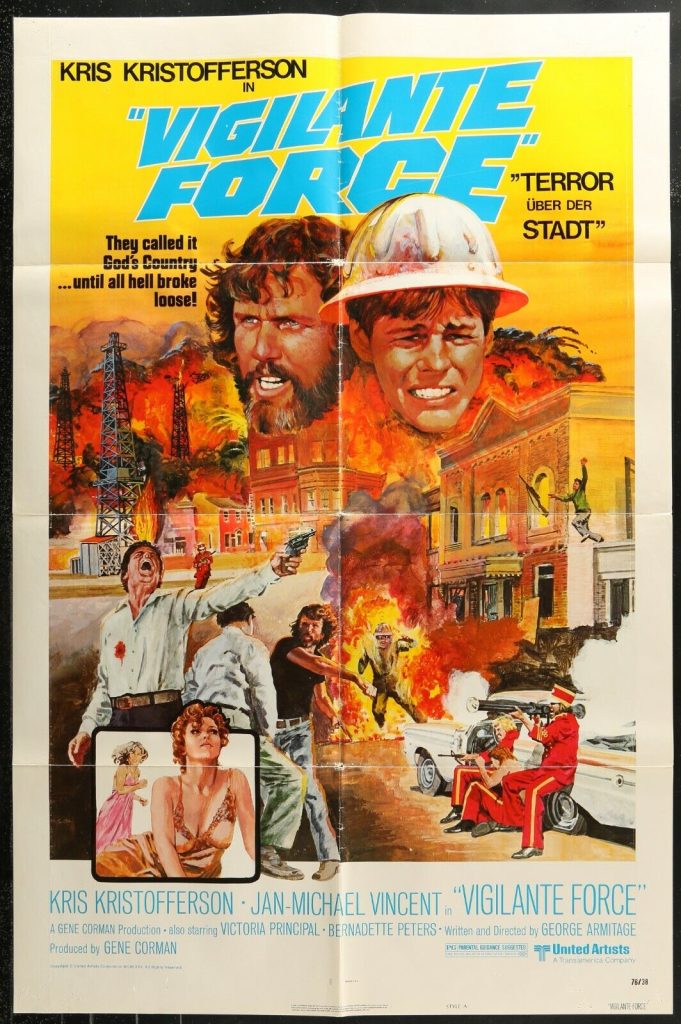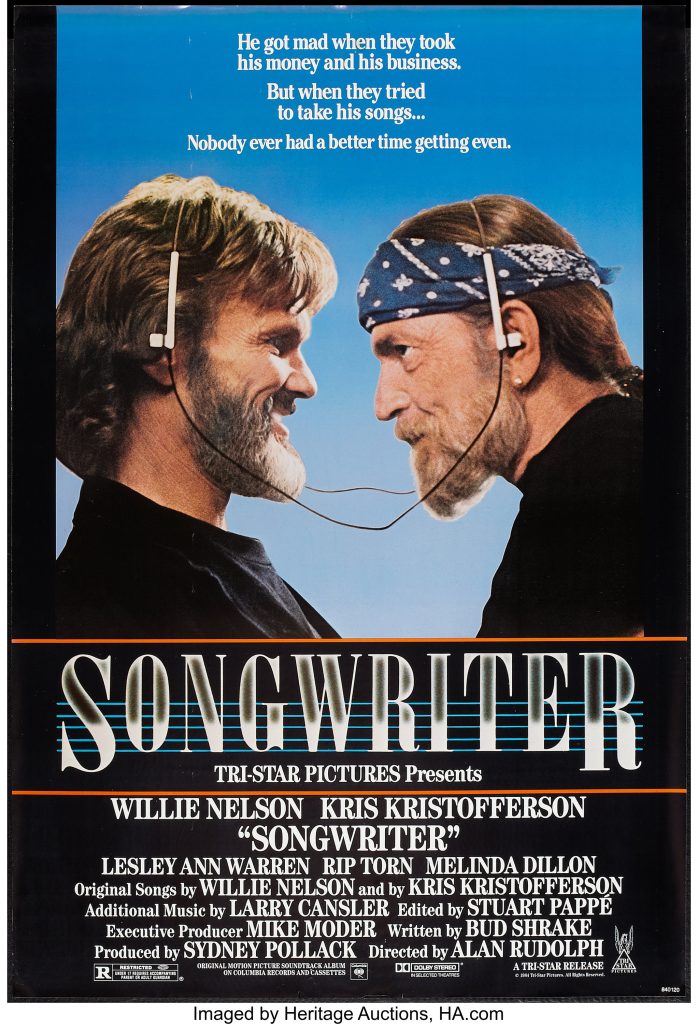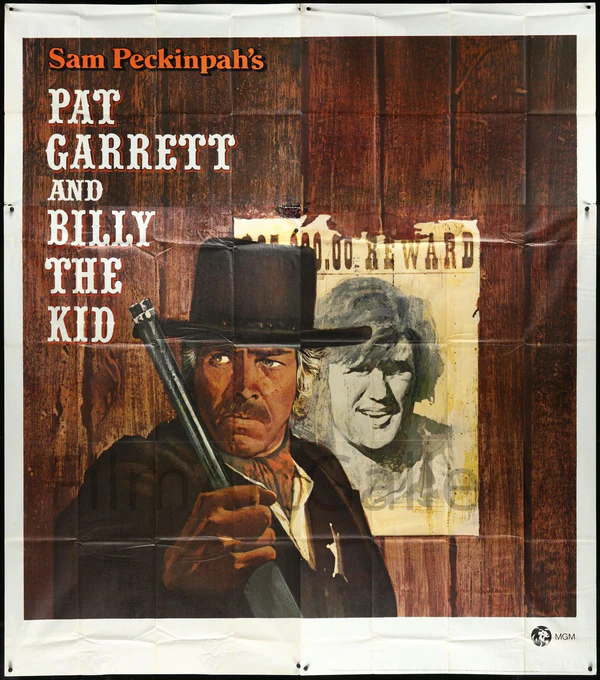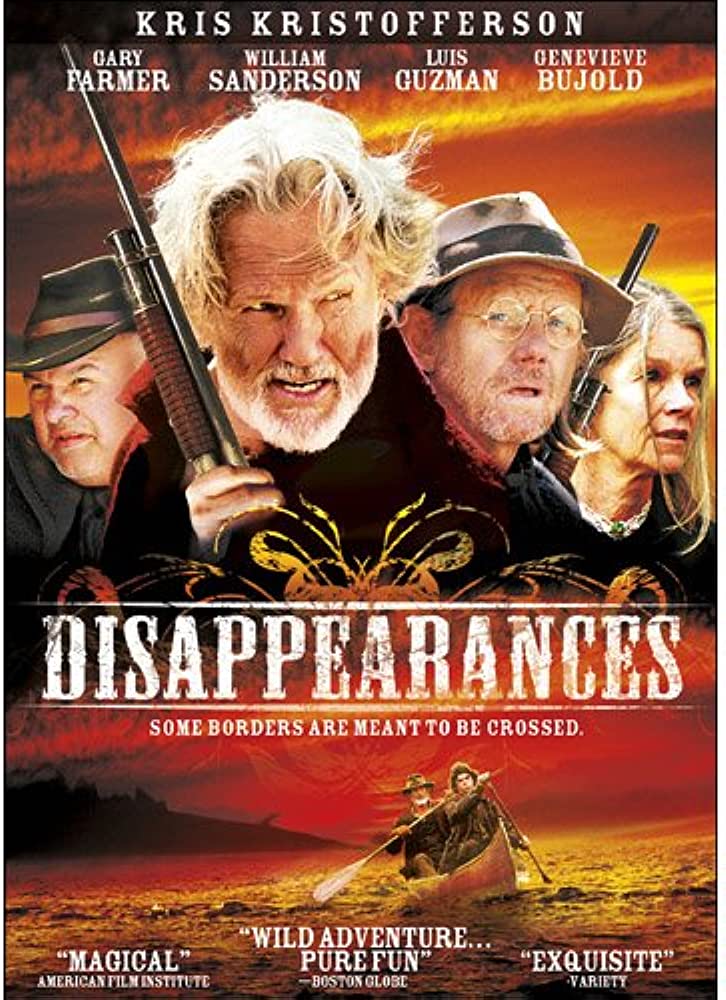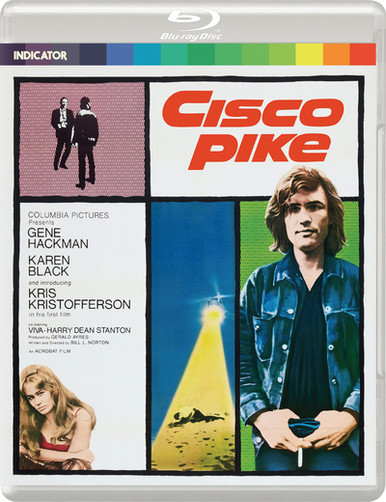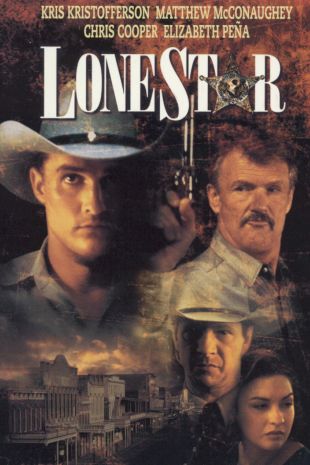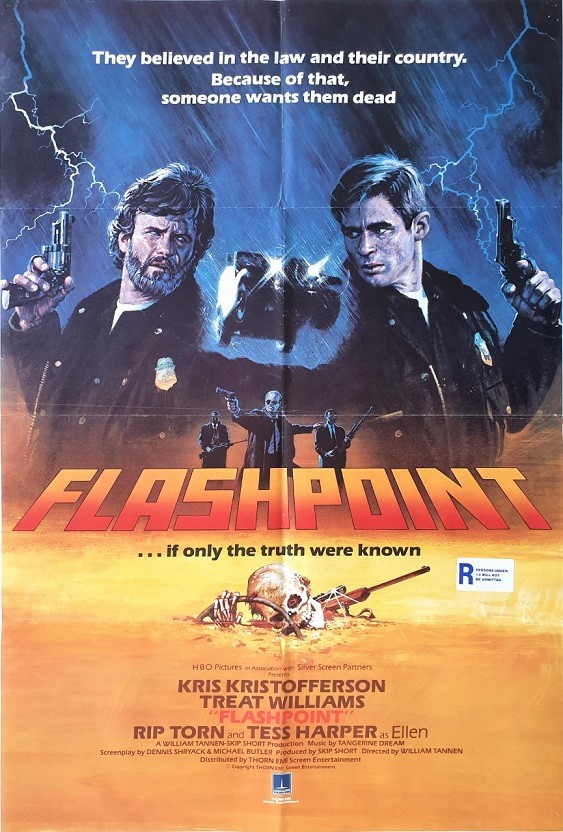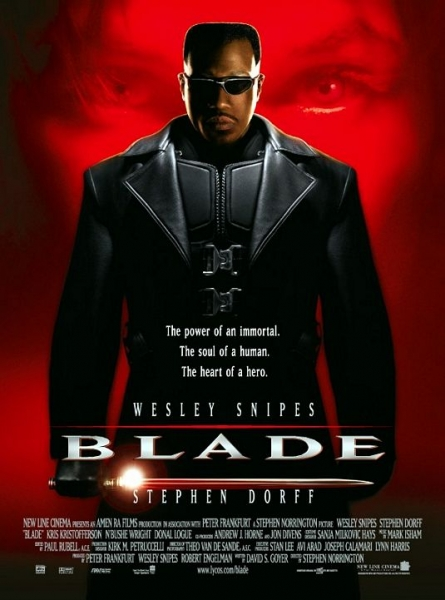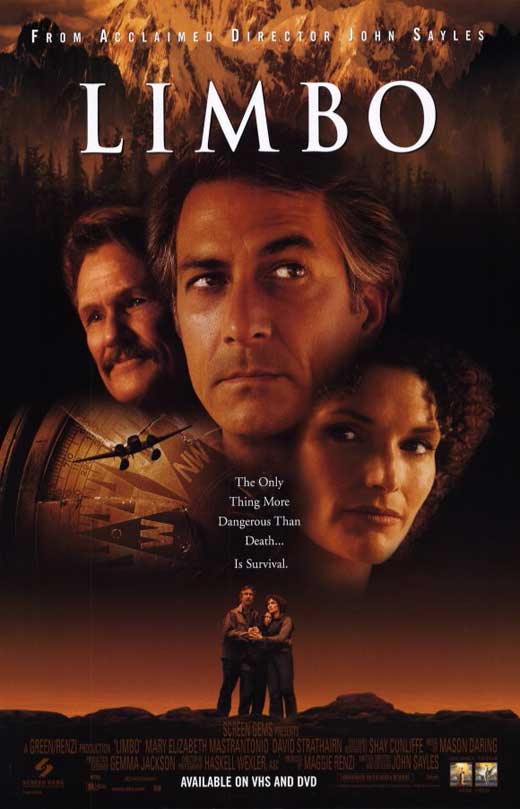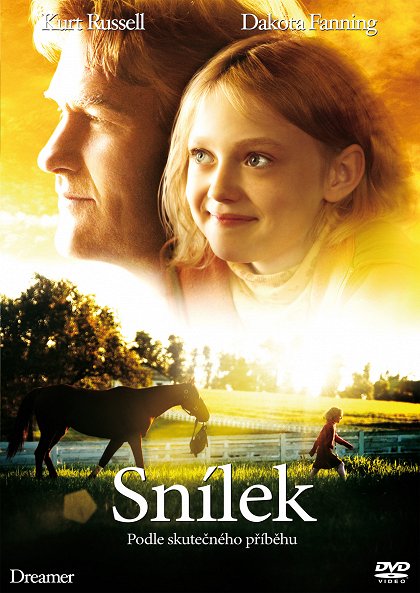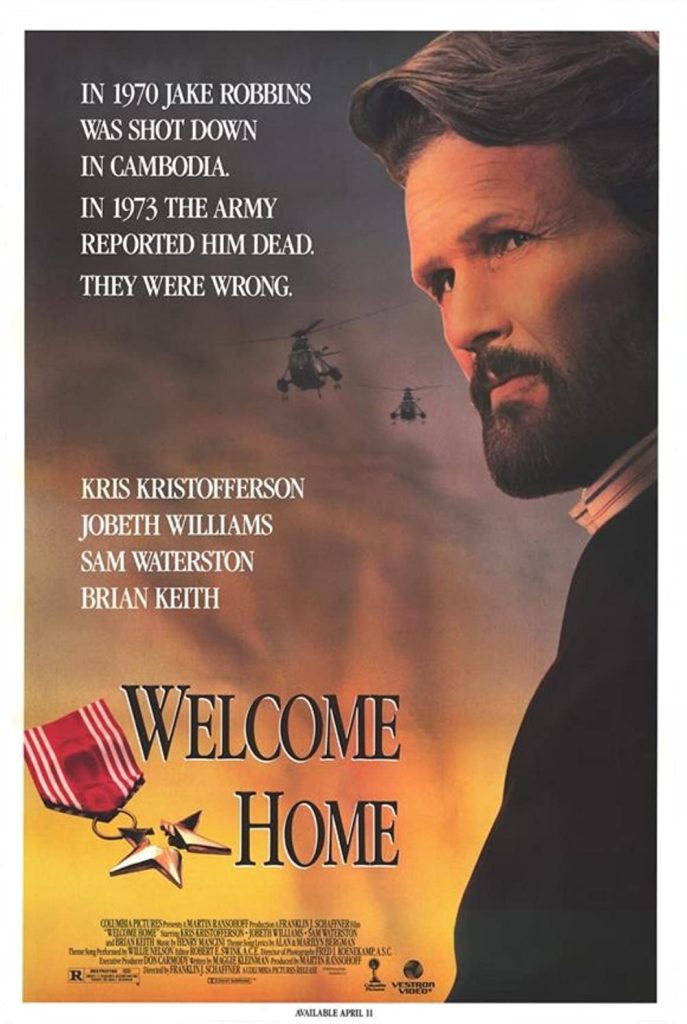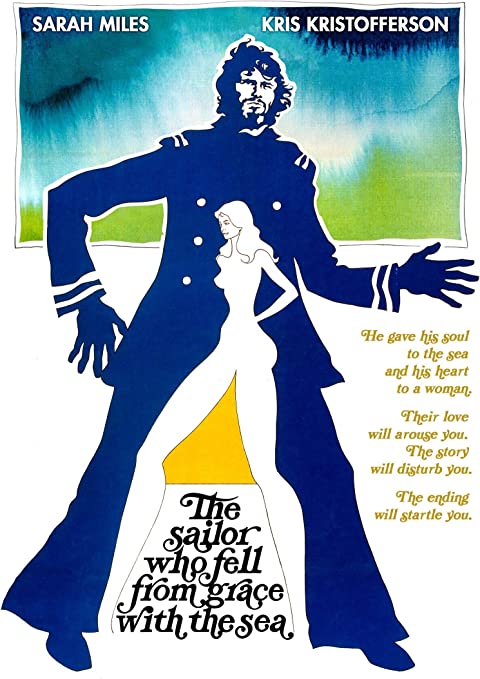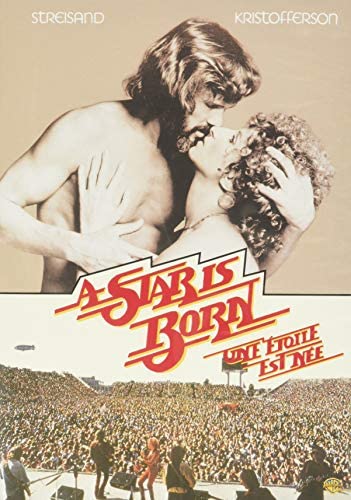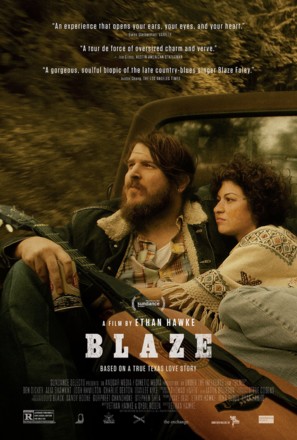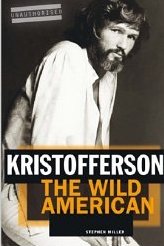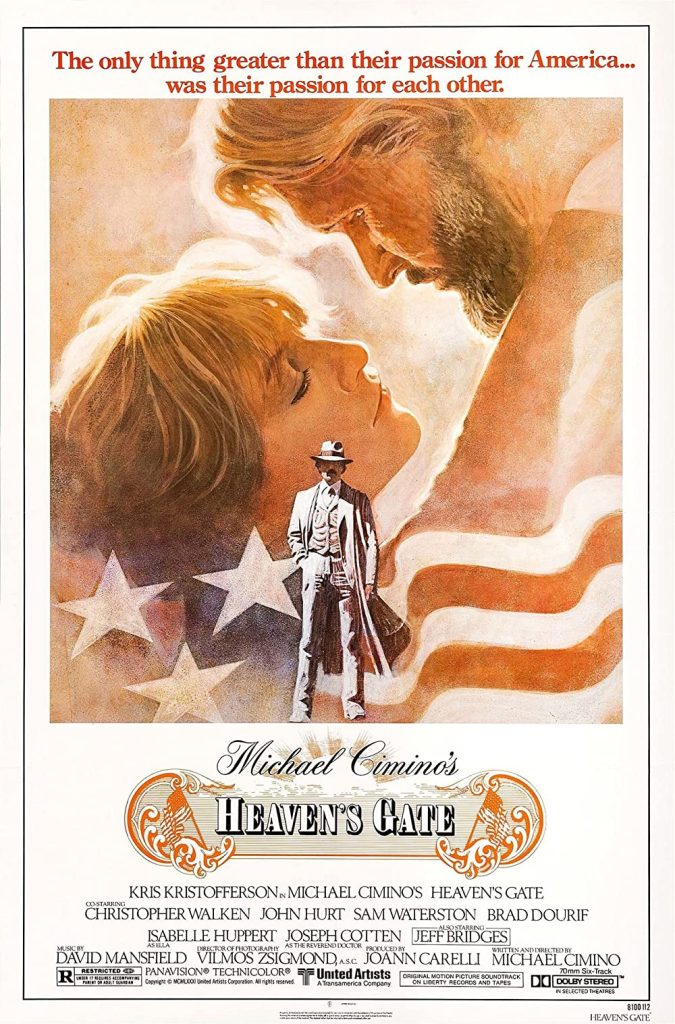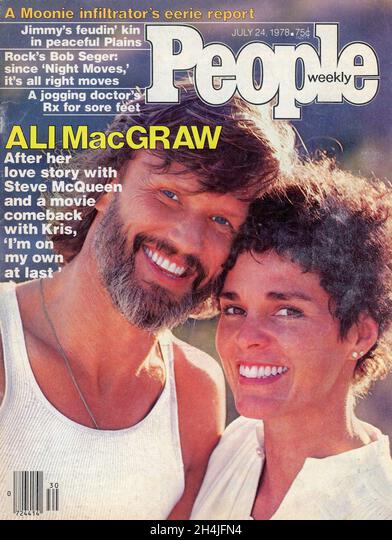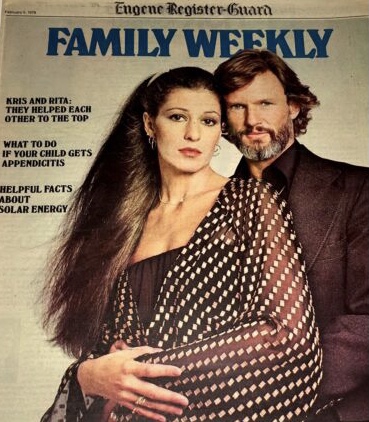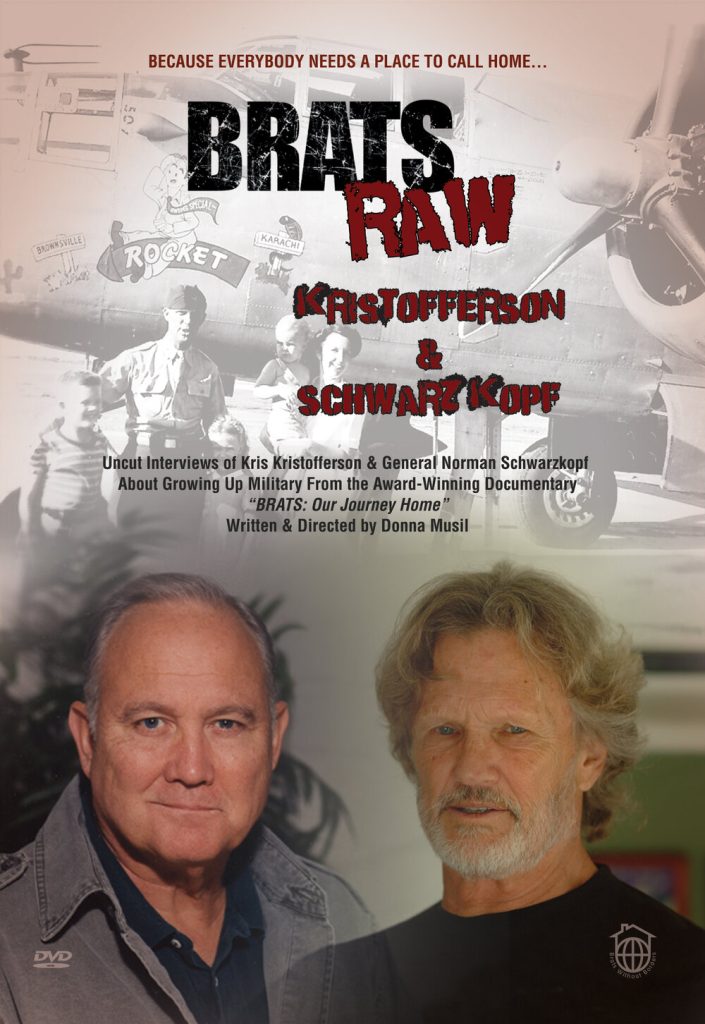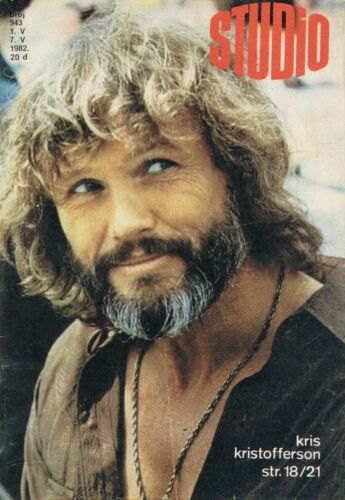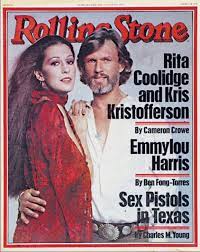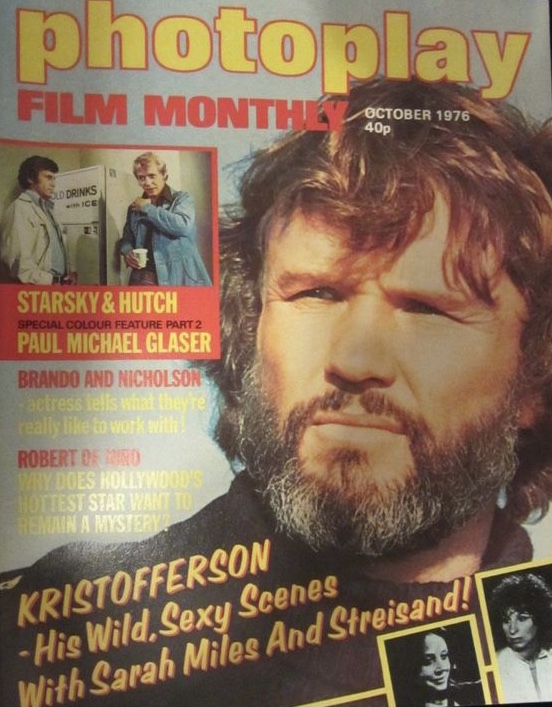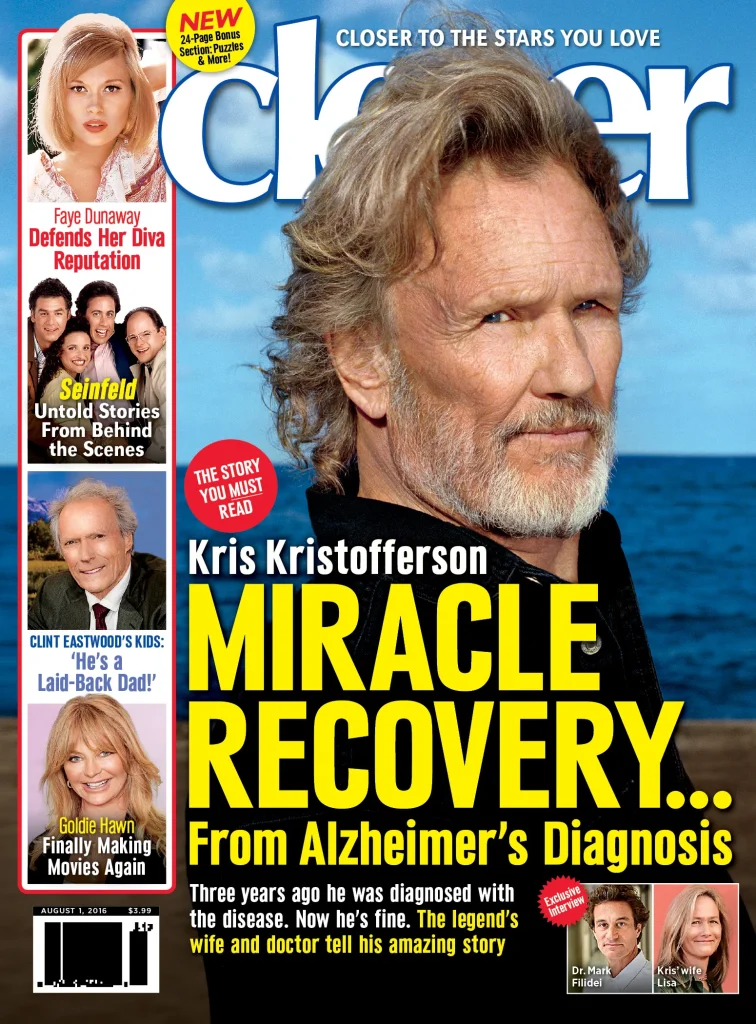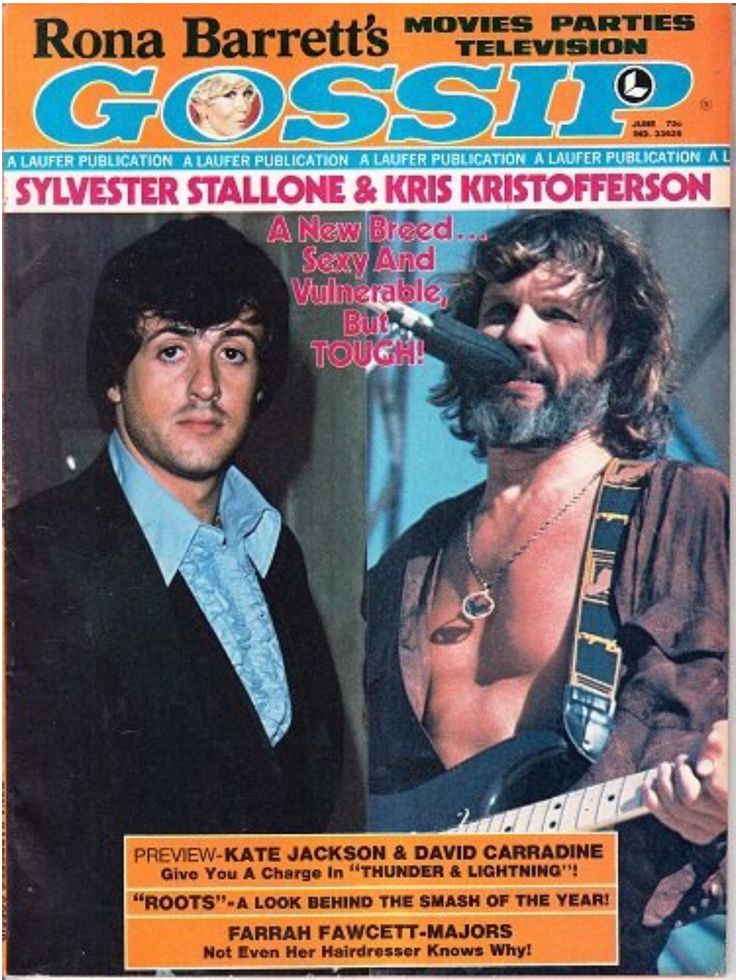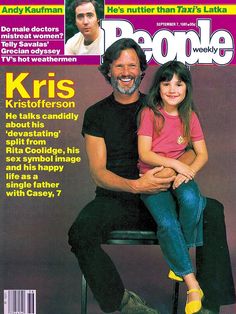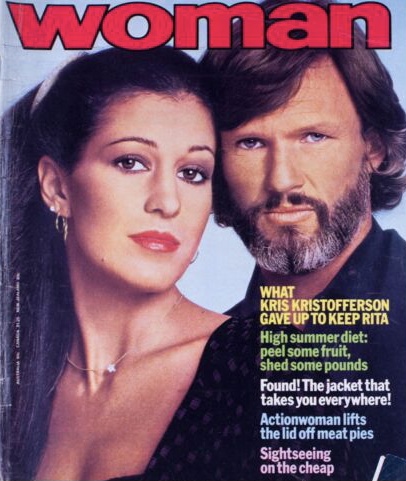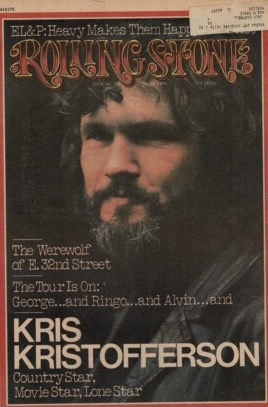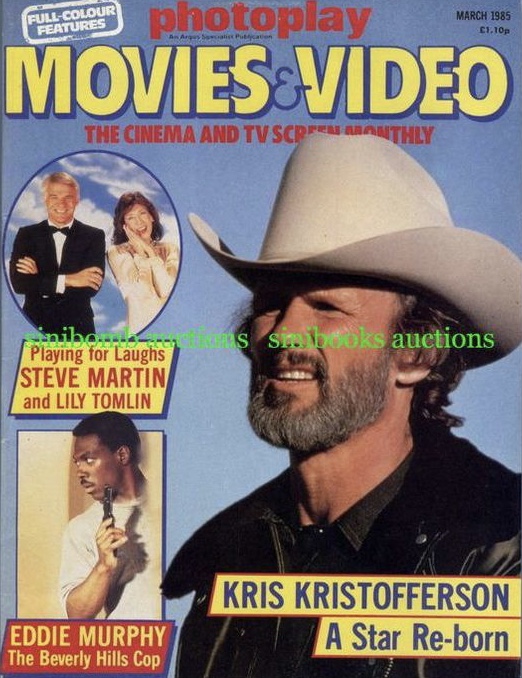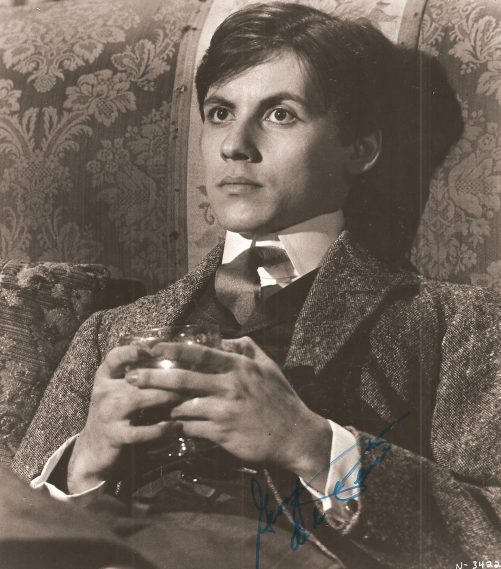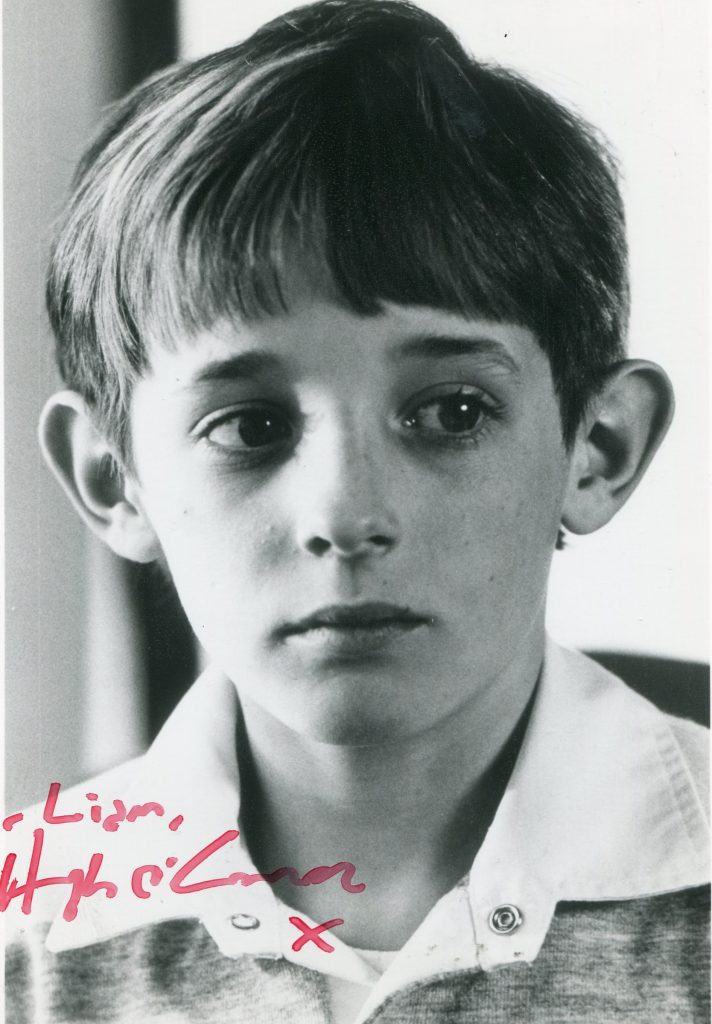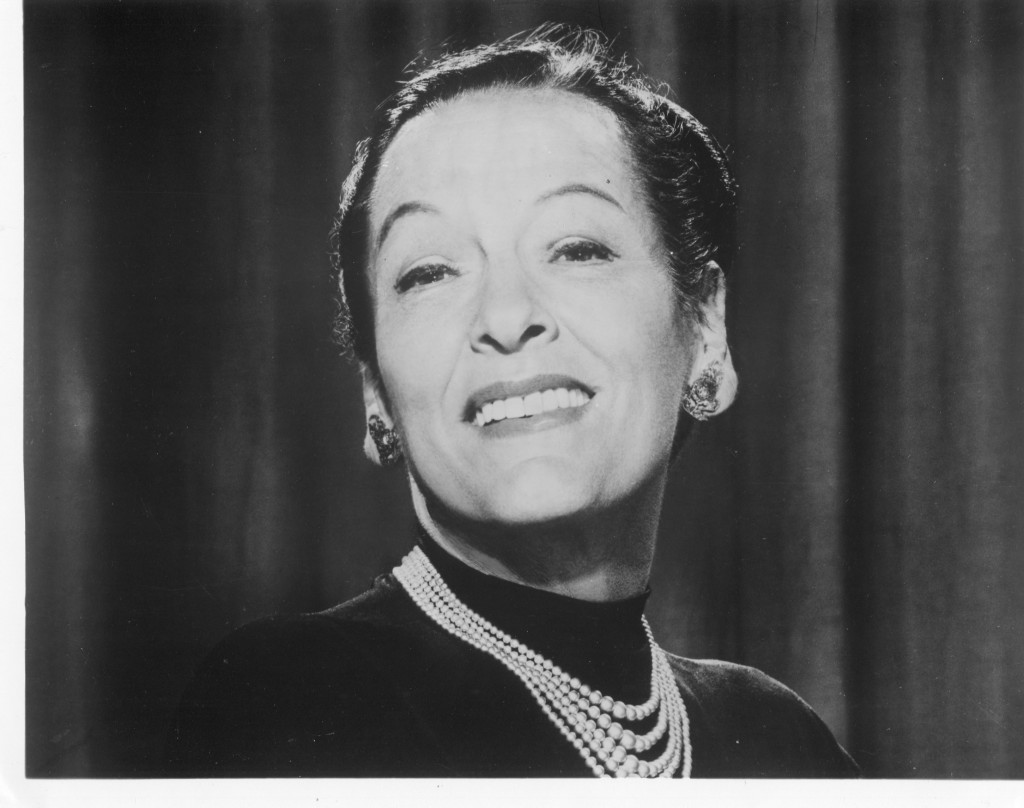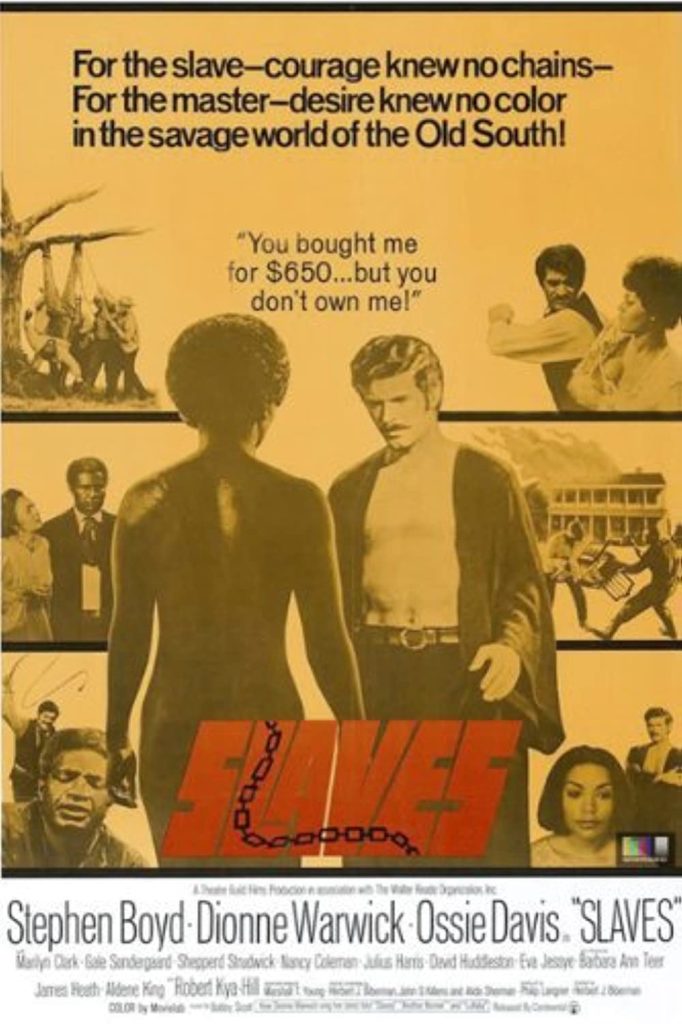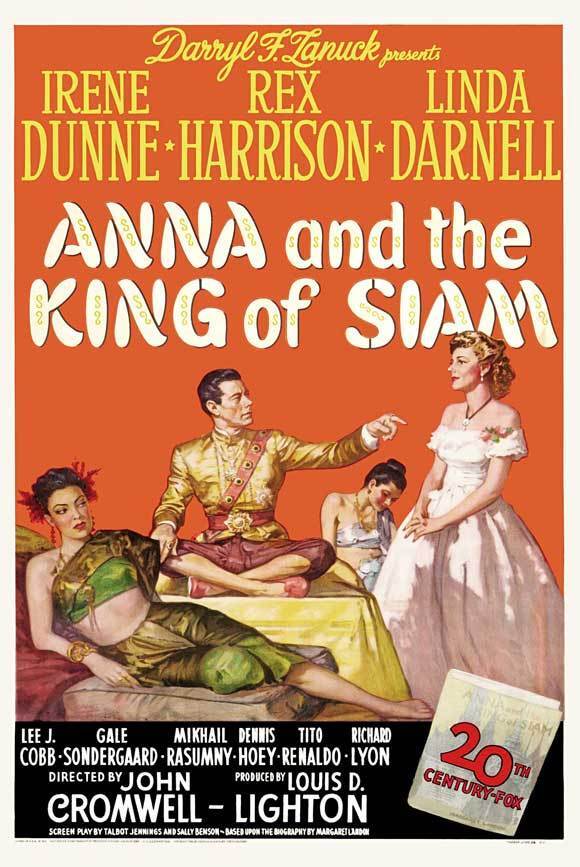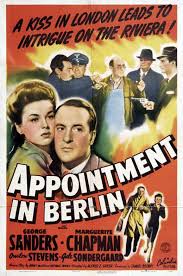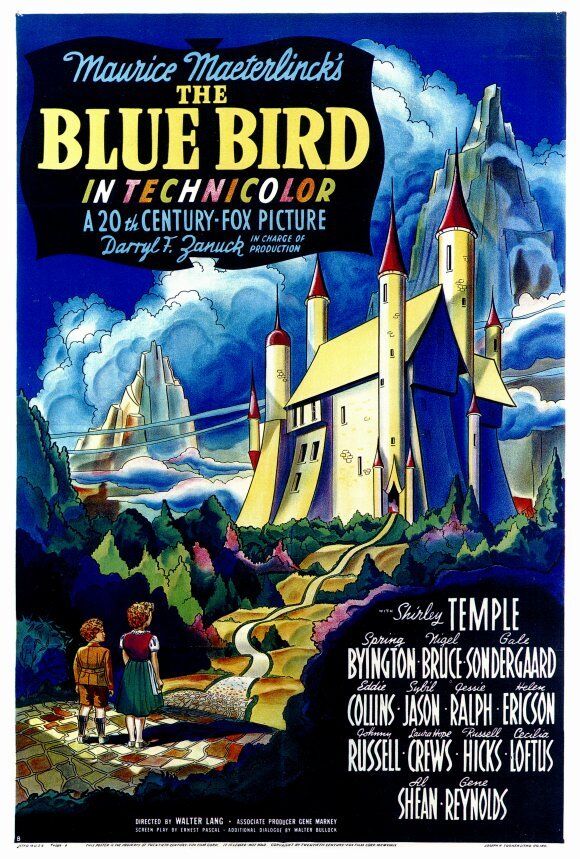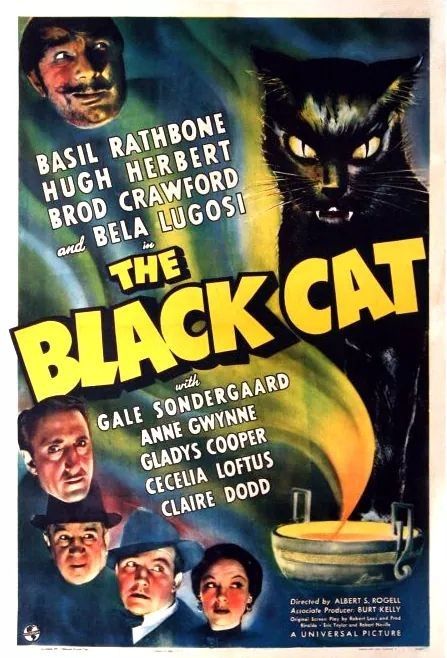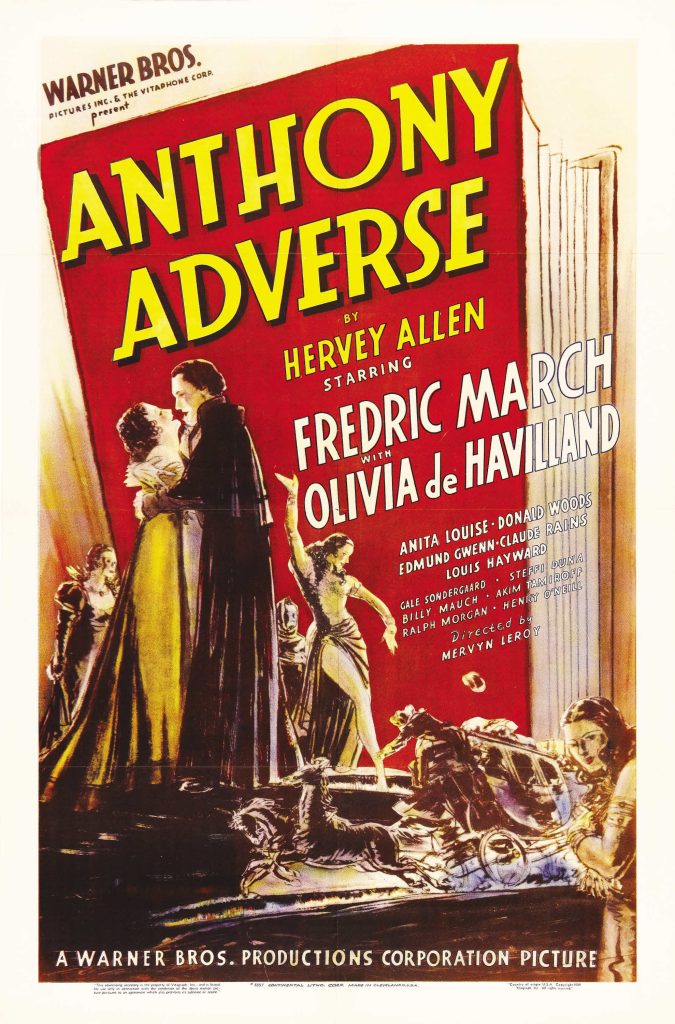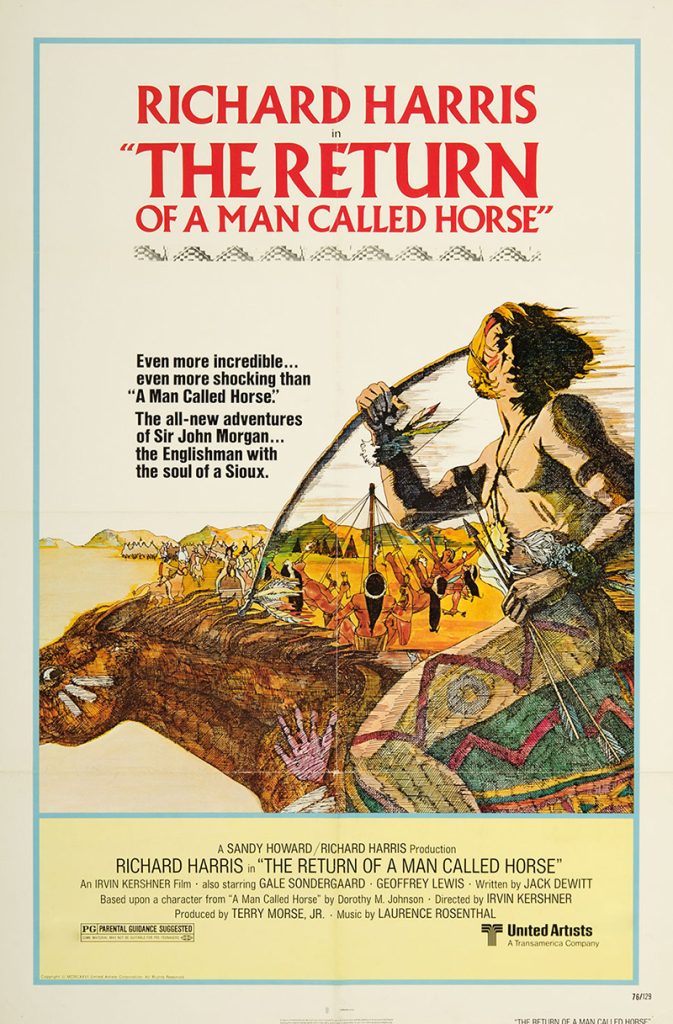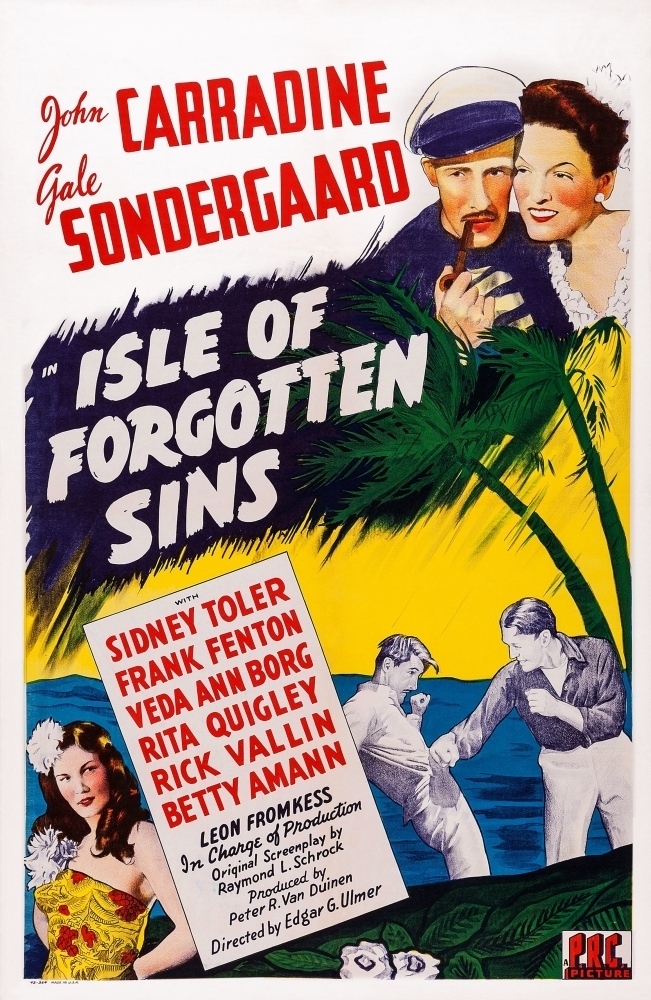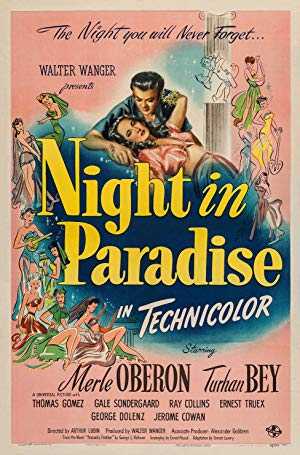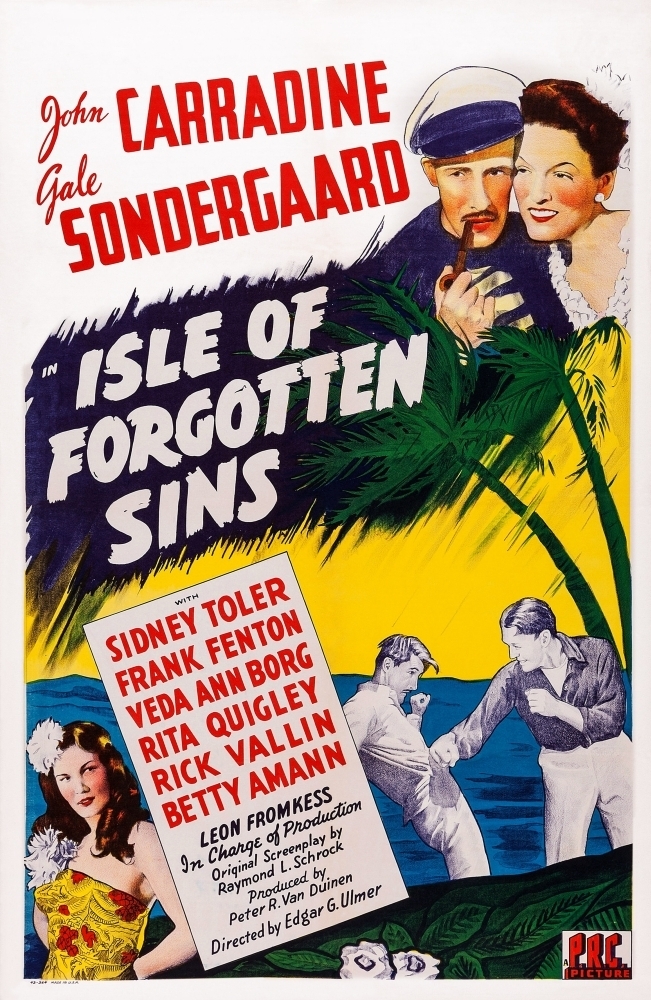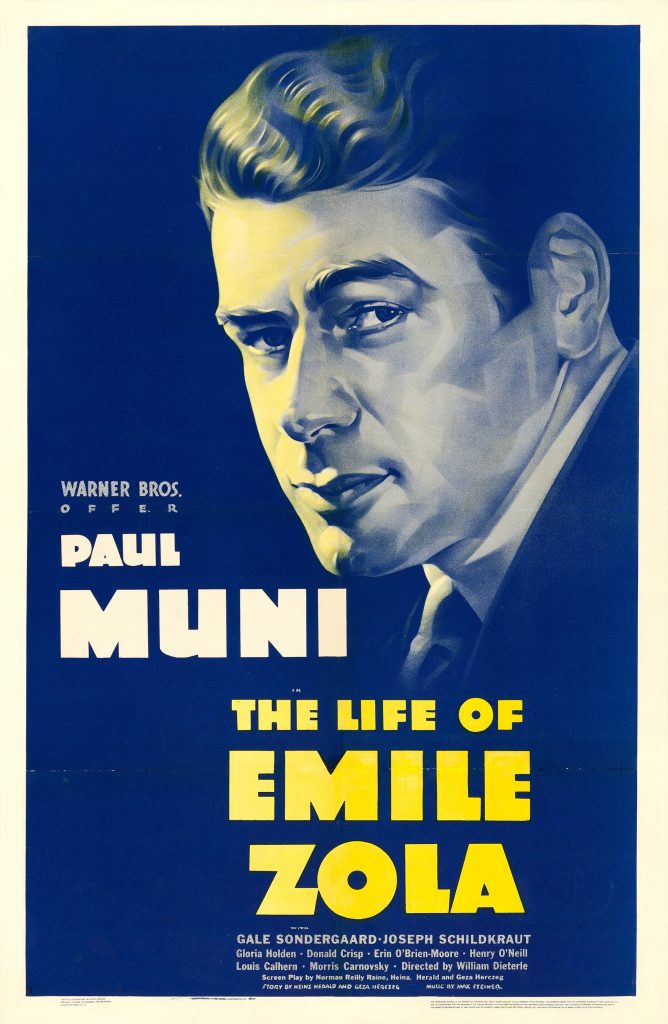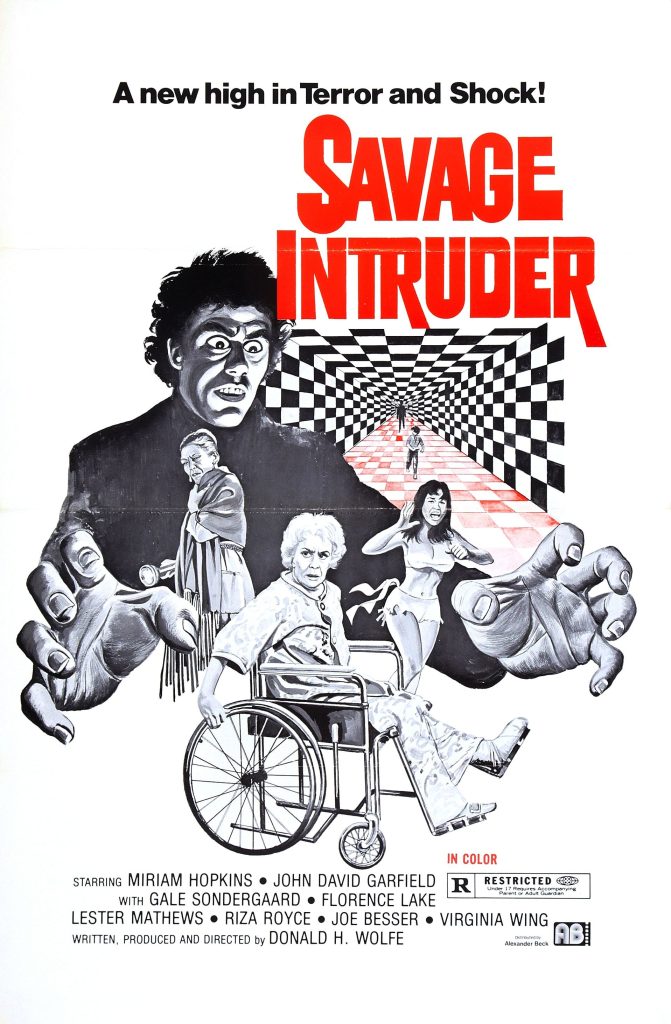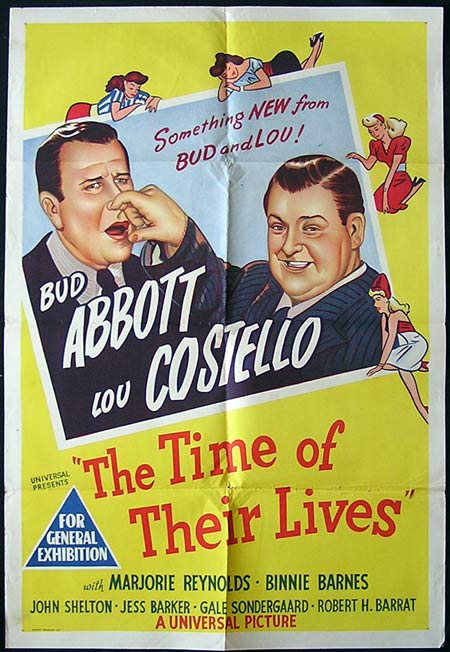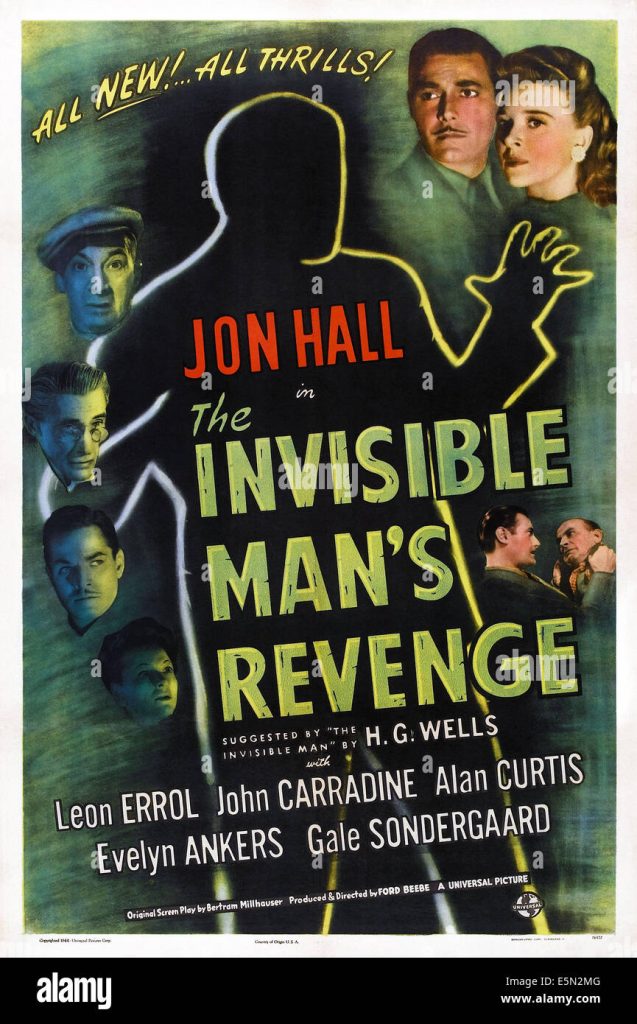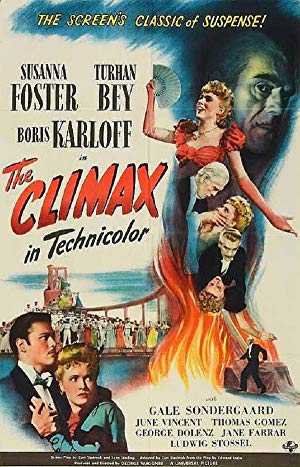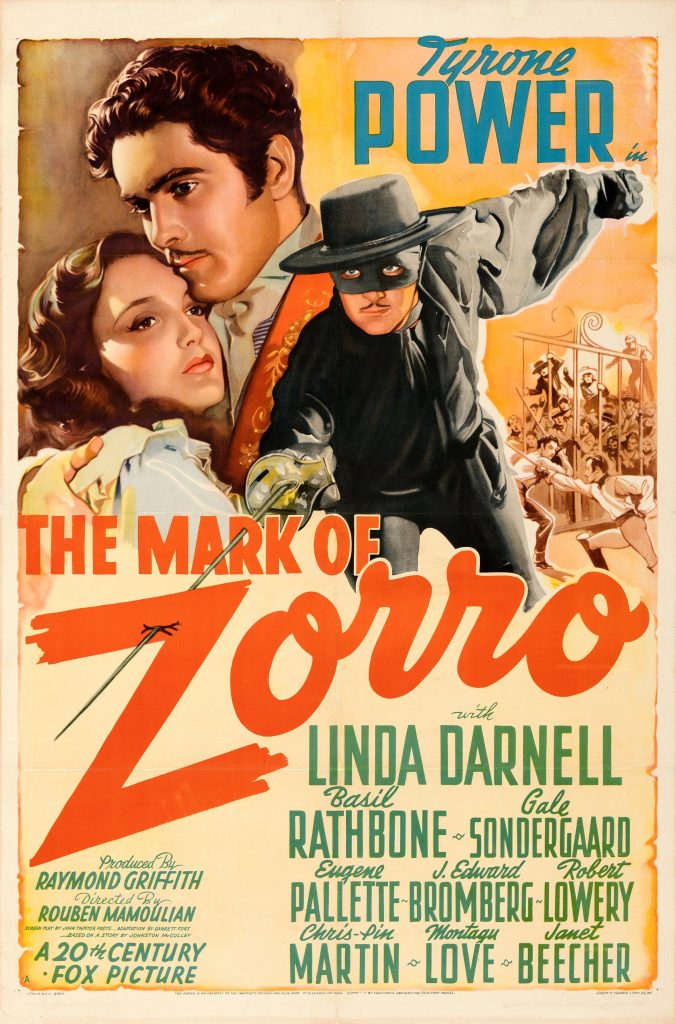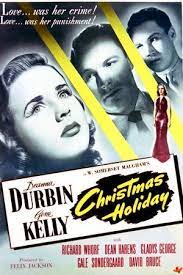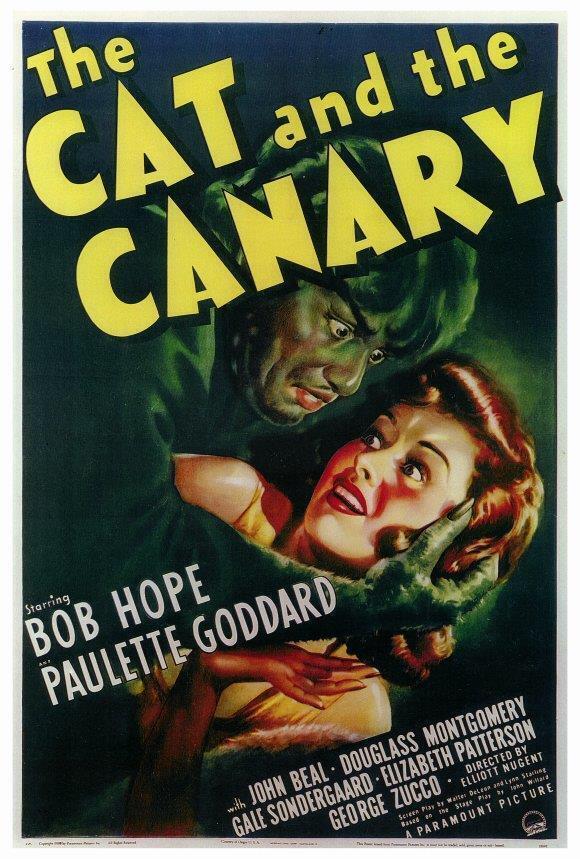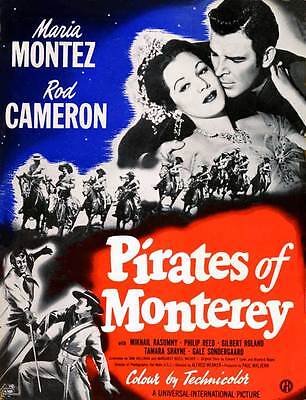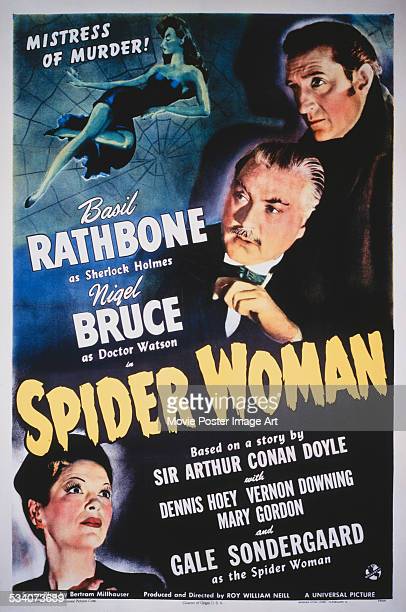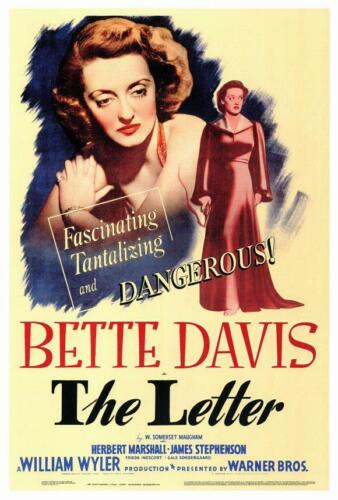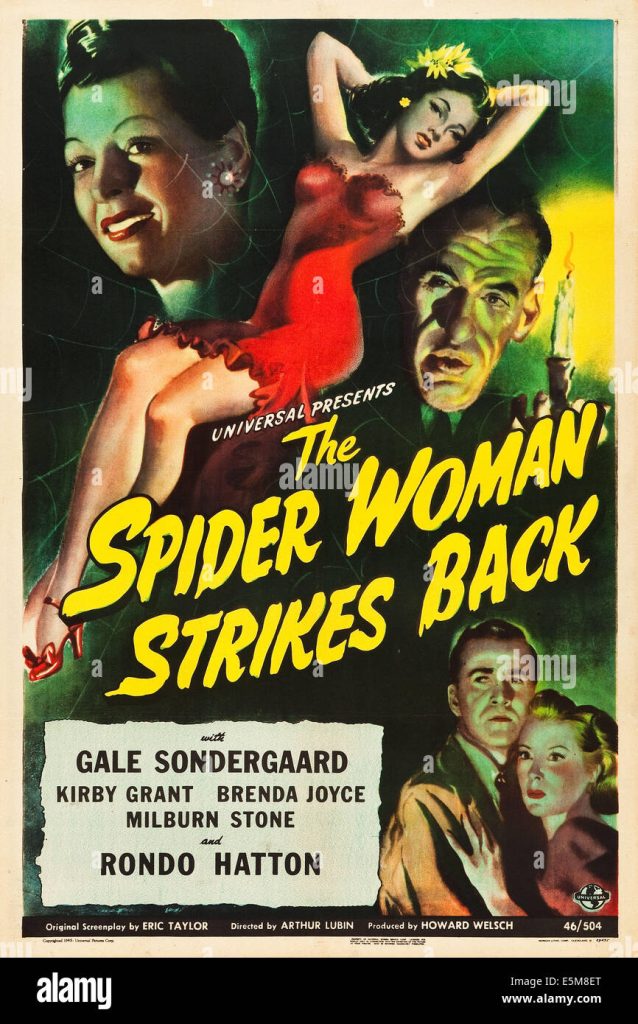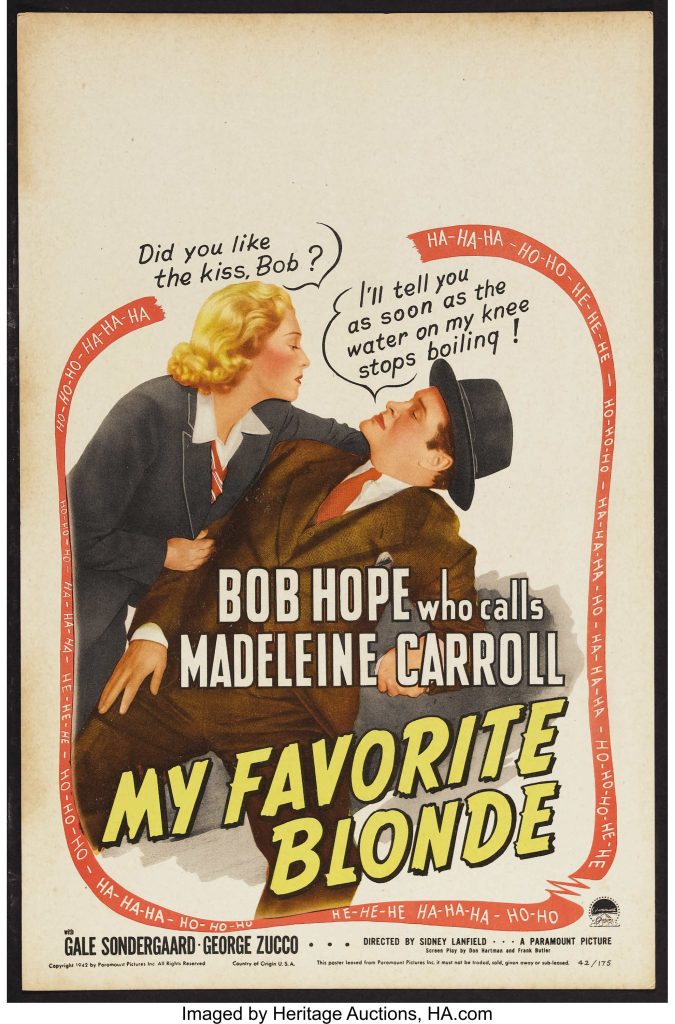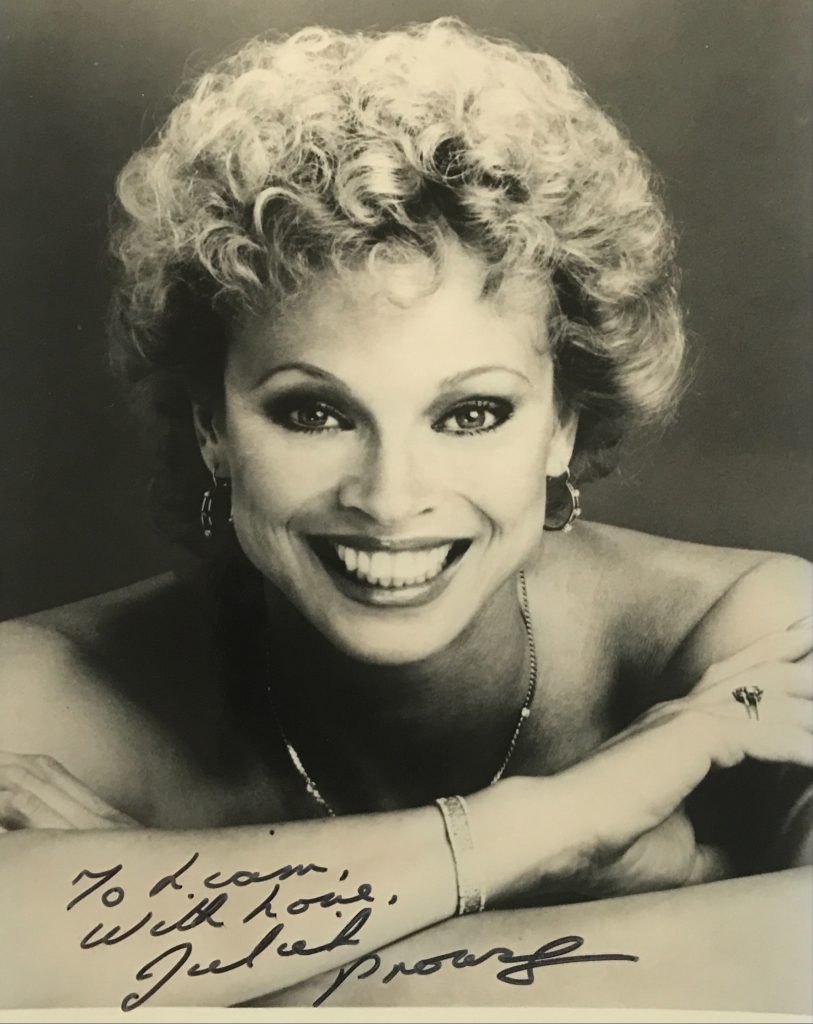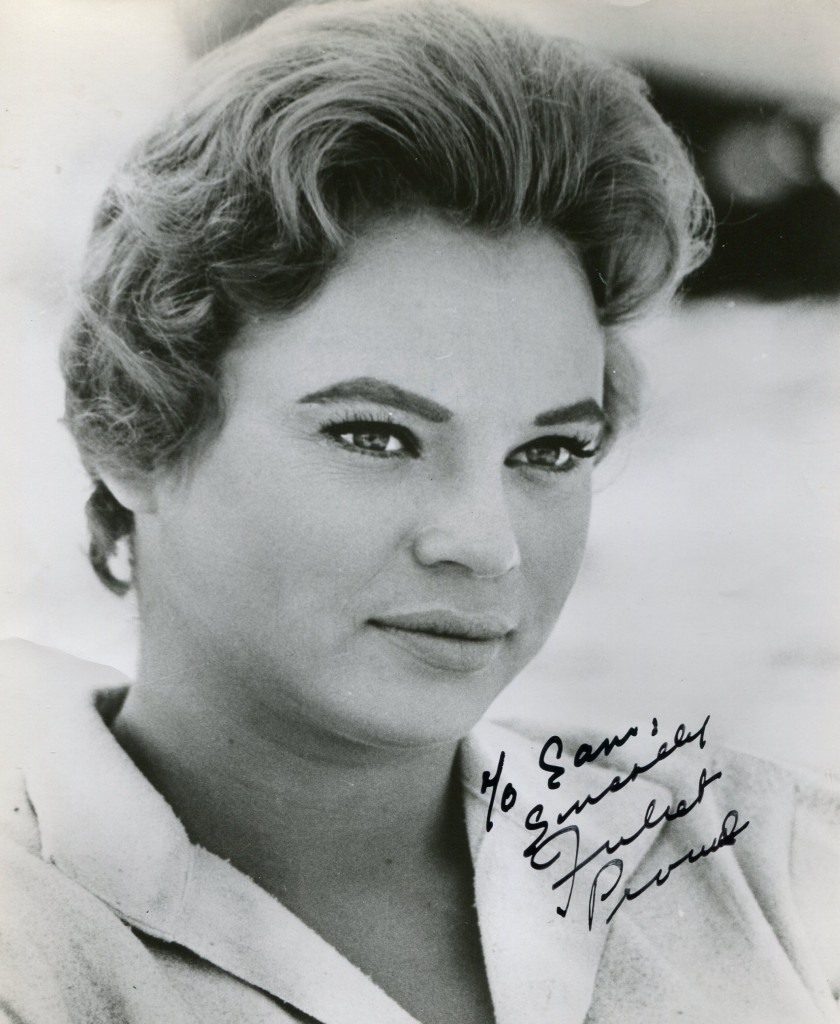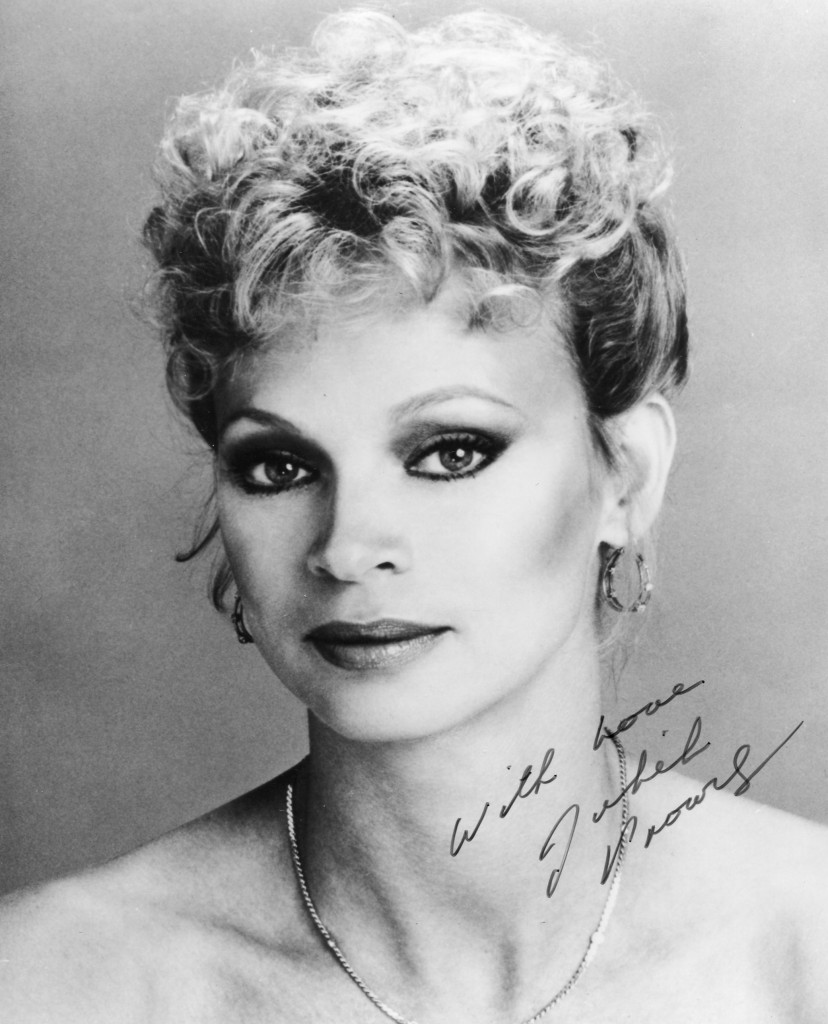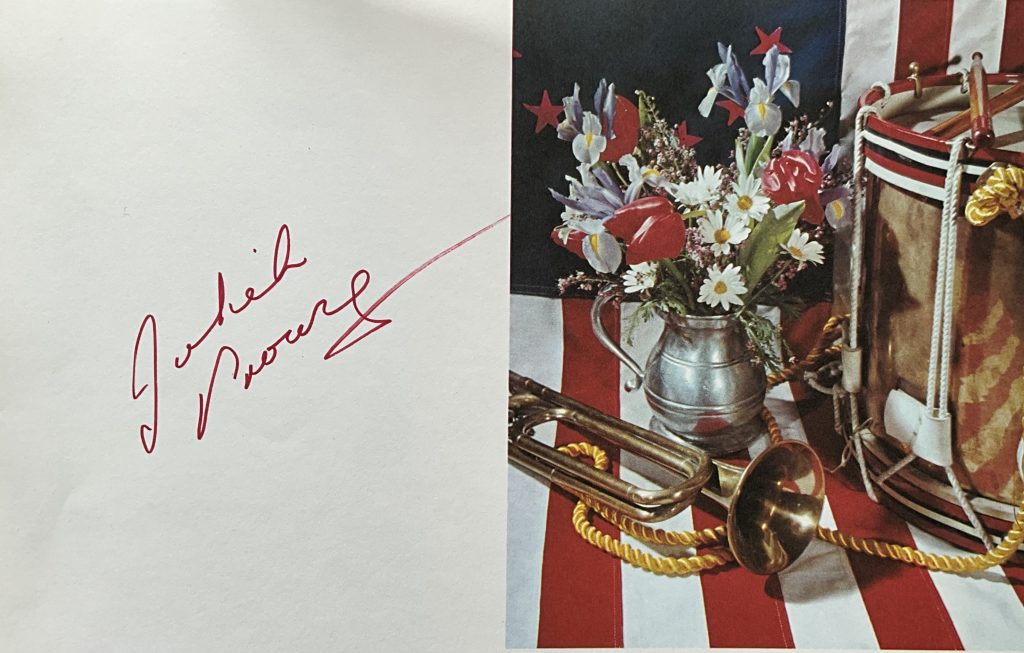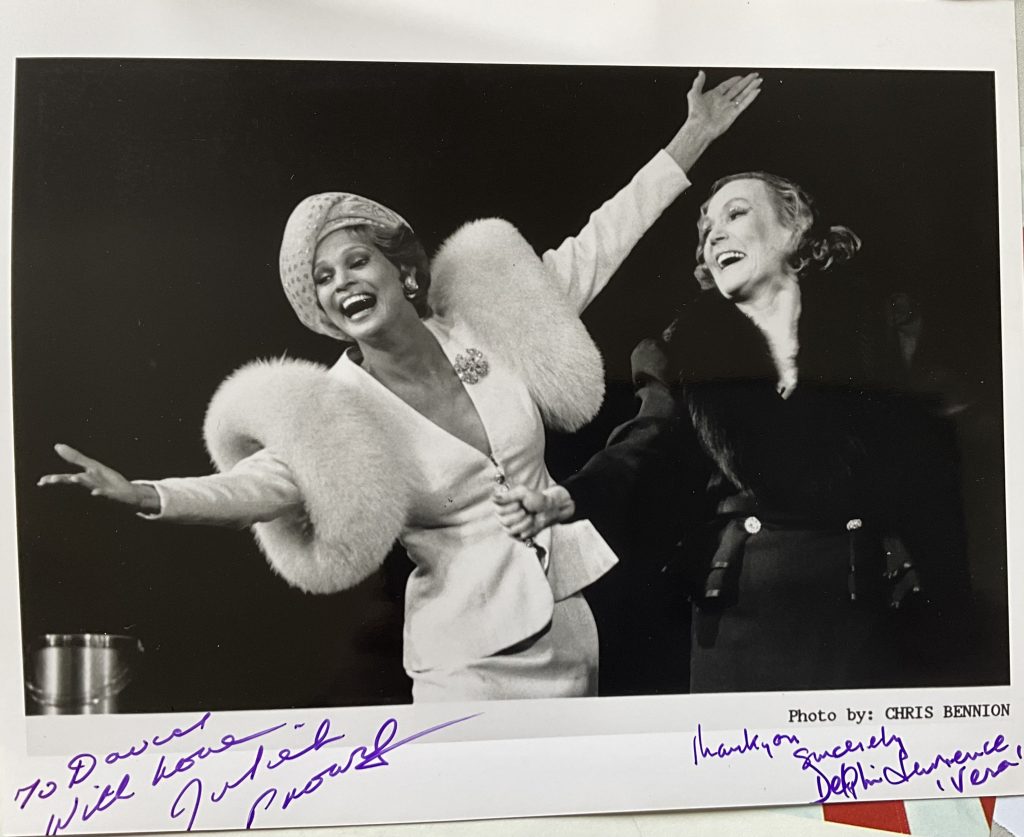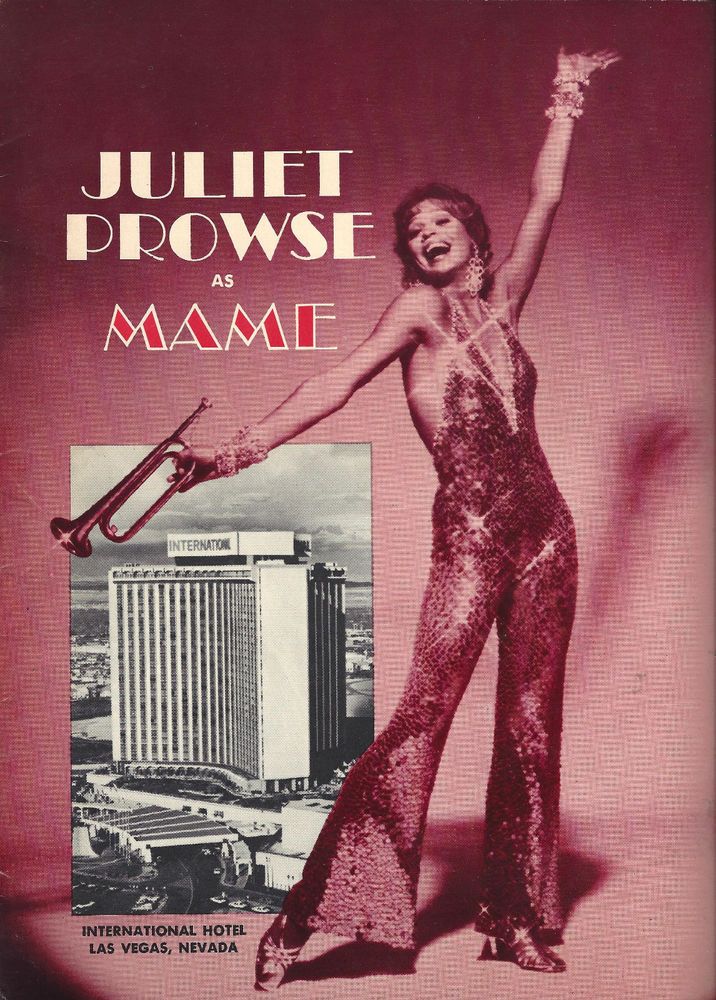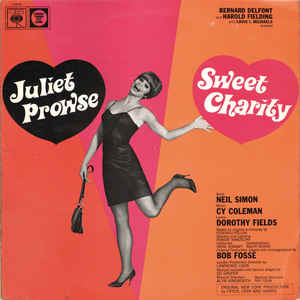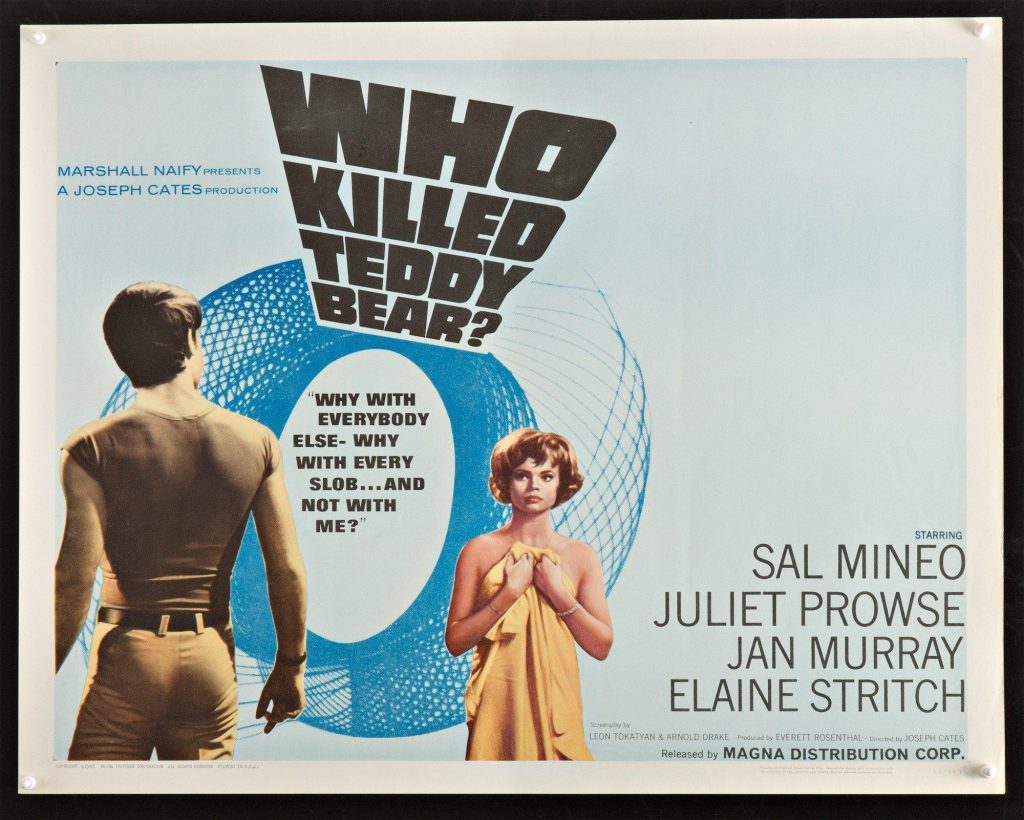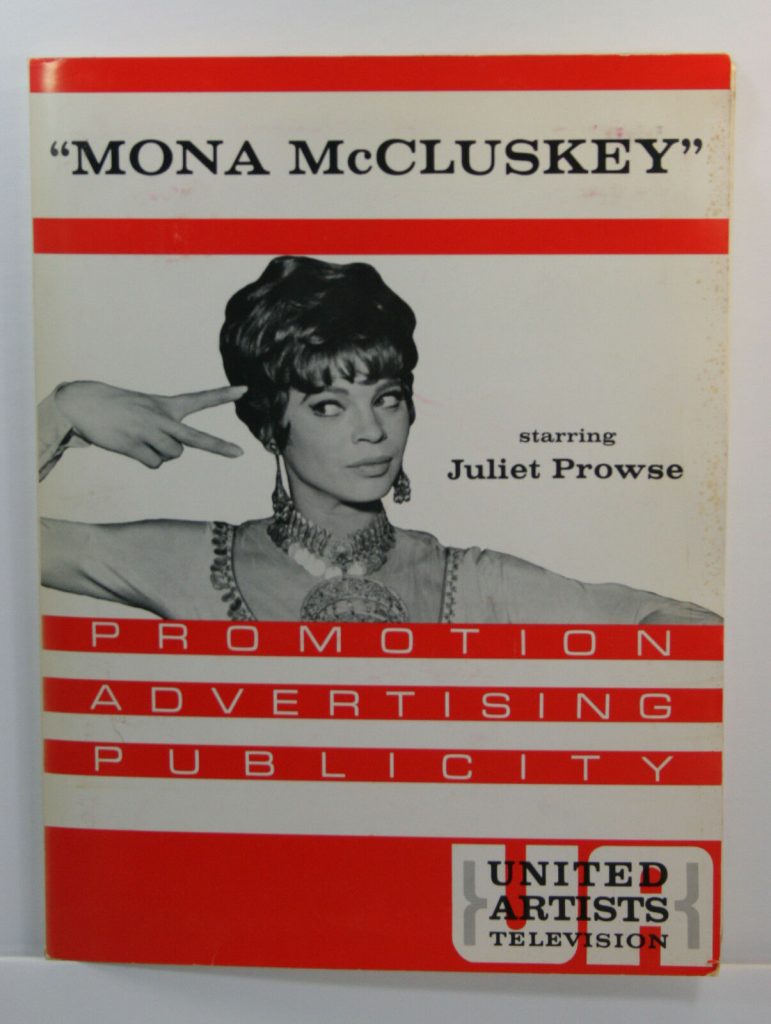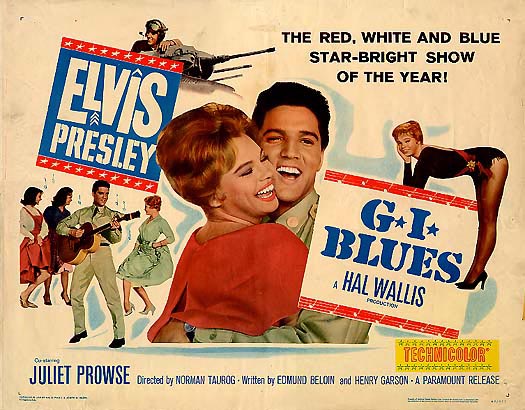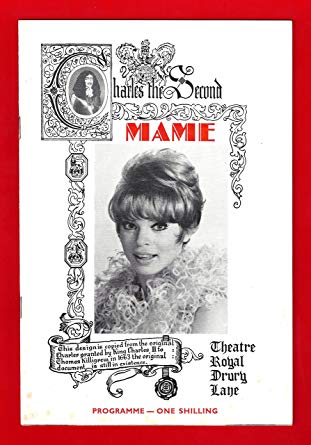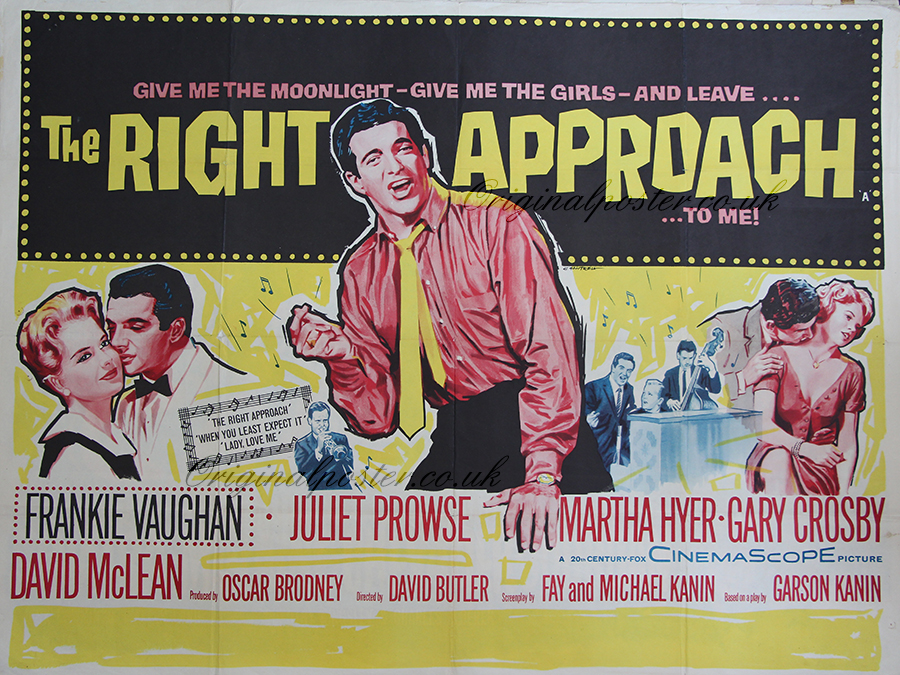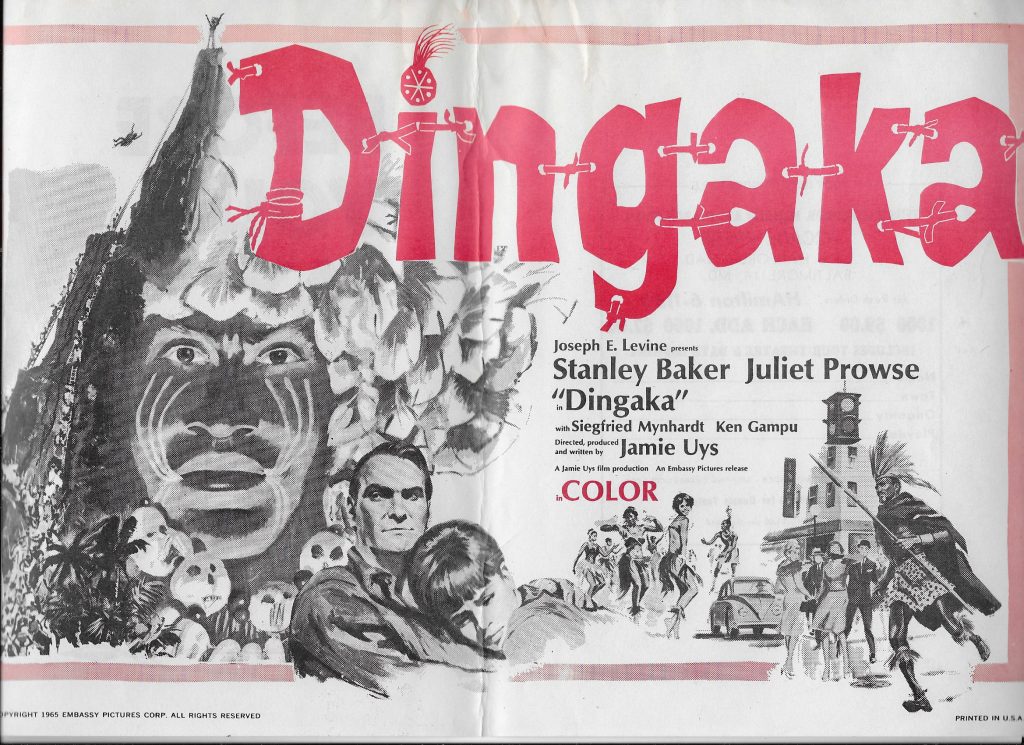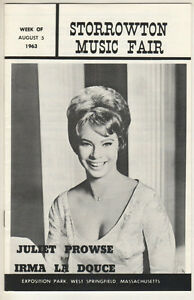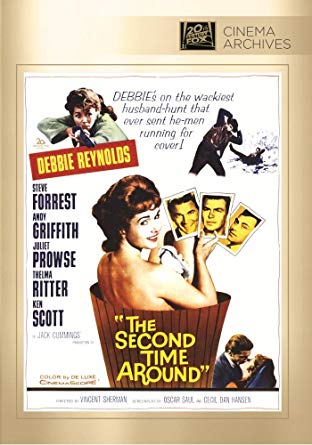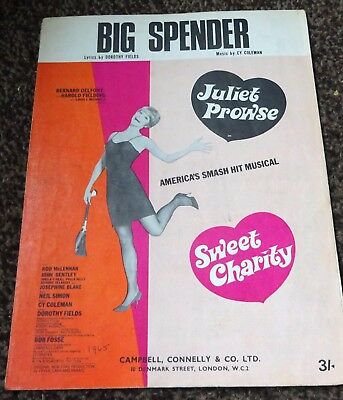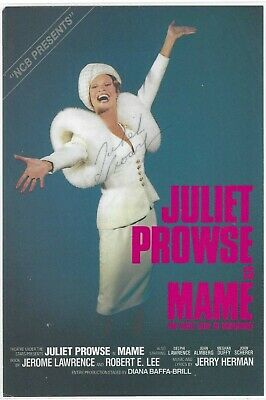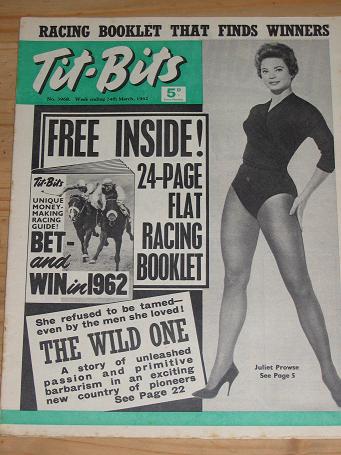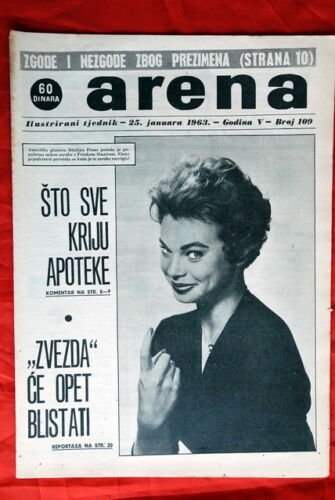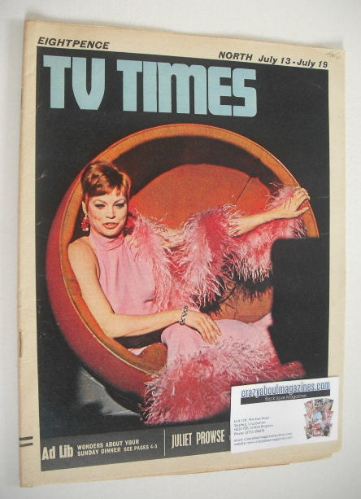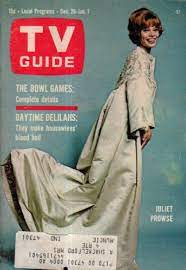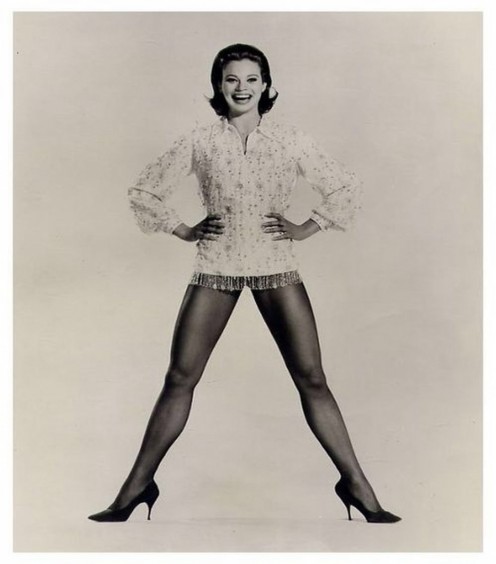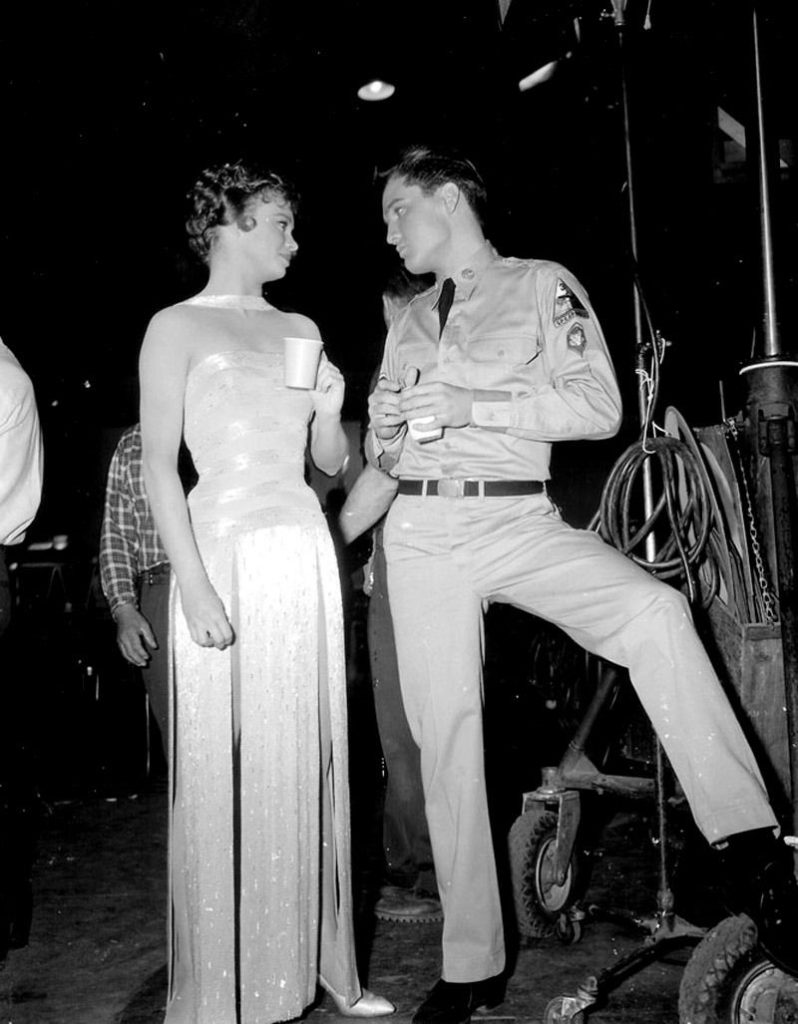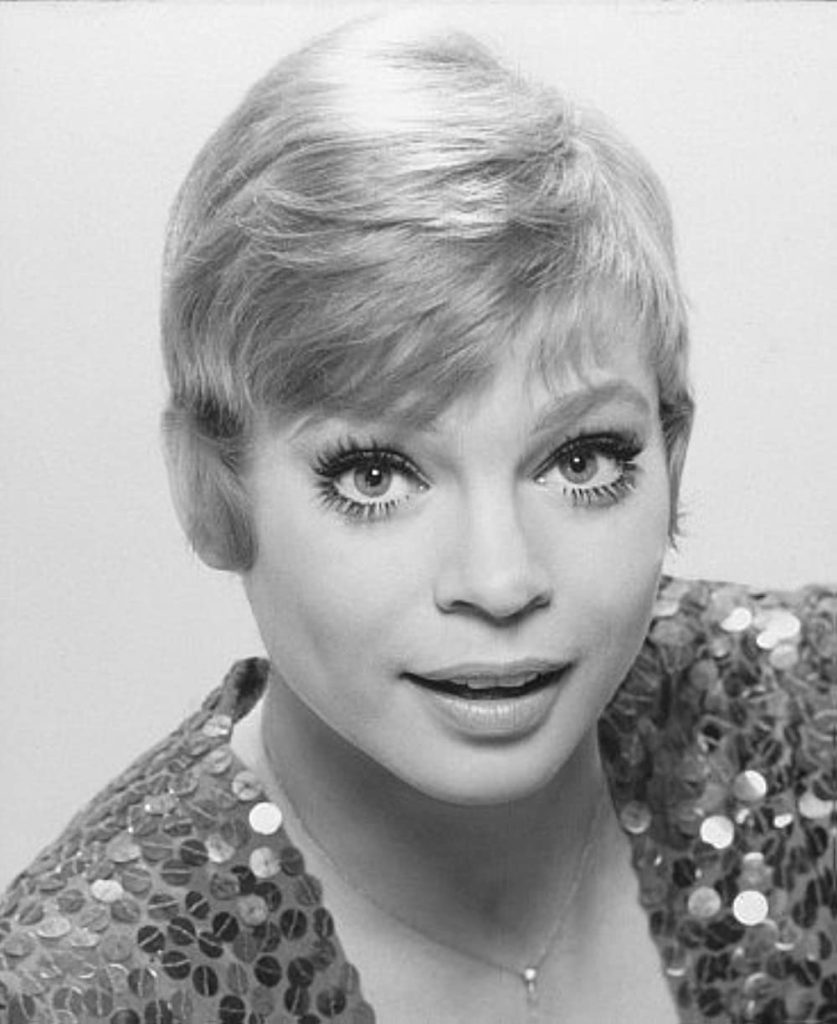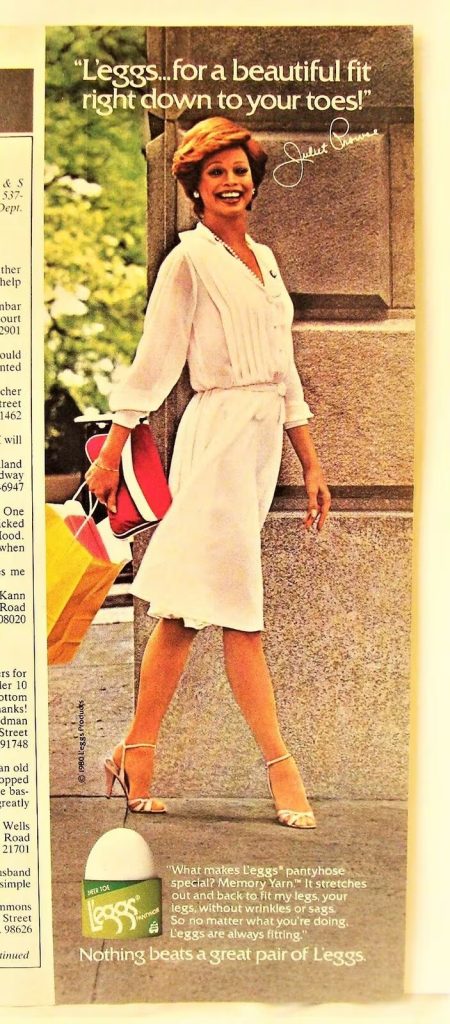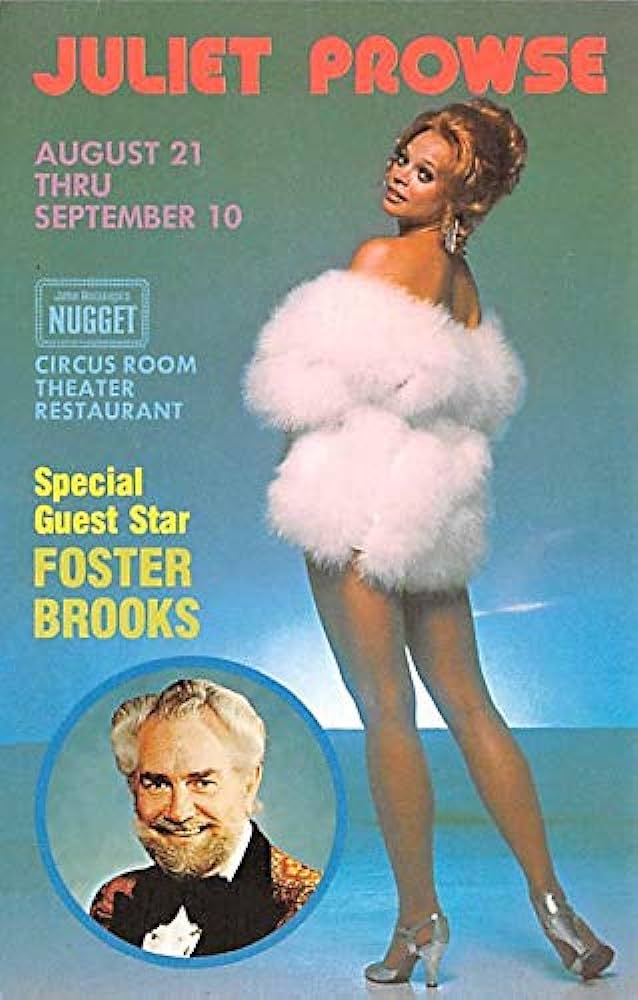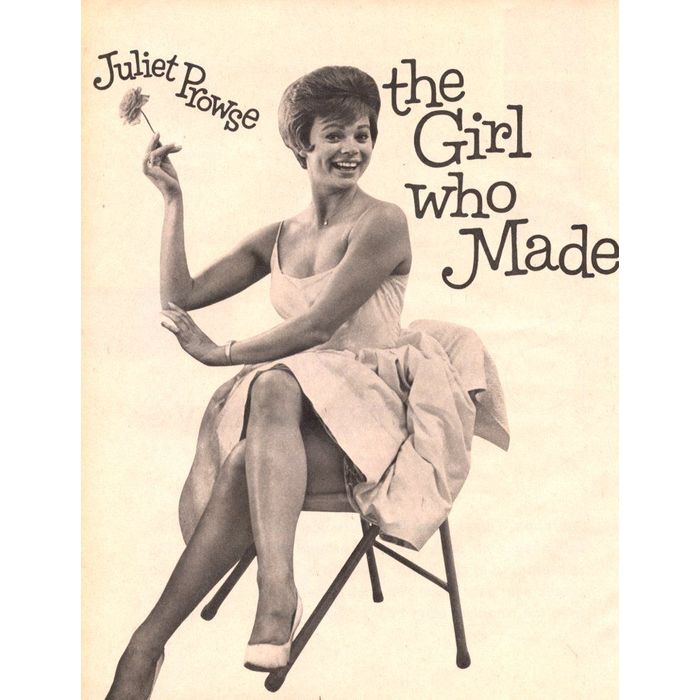
Melinda Dillon was born in 1939 in Hope, Arknansas. Her first film was “The April Fools” with Jack Lemmon in 1969. She was terrific in two films with Paul Newman, “Slap Shot” in 1976 and in 1981 “Absence of Malice”. Other films include “Close Encounters of the Third Kind”, “The Prince of Tides” and “How to Make an American Quilt”. Melinda Dillon died in 2023 aged 83.
TCM Overview:
An original member of the Second City improv troupe, Melinda Dillon scored a Tony nomination for her supporting work as the vulnerable Honey in the original Broadway production of “Who’s Afraid of Virginia Woolf?” After her Golden Globe-nominated turn in “Bound for Glory” (1976), she earned an Oscar nomination for one of her most famous roles, that of a mother in search of her alien-abducted child in “Close Encounters of the Third Kind” (1977). After roles in “Slap Shot” (1977) and “F.I.S.T.” (1978), she earned another Oscar nomination as a woman driven to suicide by the machinations of a reporter (Sally Field) in “Absence of Malice” (1981) and achieved pop cultural immortality as the sweet, slightly goofy mother in the ultimate holiday classic, “A Christmas Story” (1983). Dillon scored important roles as John Lithgow’s wife in “Harry and the Hendersons” (1987) and Nick Nolte’s troubled sister in “The Prince of Tides” (1991), but notched smaller supporting turns in the ensemble pieces “To Wong Foo, Thanks for Everything, Julie Newmar” (1995), “How to Make an American Quilt” (1995) and “Magnolia” (1999). Working steadily but quietly, the actress continued to pop up in character roles, including an uncredited turn in “Seeking a Friend for the End of the World” (2012). Equally adept at comedy as well as drama, Melinda Dillon was an exceptionally gifted actress who brought a unique spark to any project in which she appeared.
Born Oct. 13, 1939 in Hope, AR, Melinda Rose Dillon began her career at the Goodman Theatre in Chicago, IL and subsequently became an original member of the famed Second City improvisational company. She made her Broadway debut creating the role of Honey in the original production of Edward Albee’s classic “Who’s Afraid of Virginia Woolf?” for which she won a New York Drama Critics Award as well as received a Tony nomination. She became a familiar face to audiences of that era with a string of TV guest spots on such popular programs as “Bonanza” (NBC, 1959-1973) and “The Jeffersons” (CBS, 1975-1985), while also making her film debut in “The April Fools” (1969), where she played an eccentric neighbor of Catherine Deneuve. Dillon’s greatest impact would come on the big screen, and she earned a Golden Globe nomination for playing the dual roles of Woody Guthrie’s abandoned wife and his singing partner in Hal Ashby’s biopic “Bound for Glory” (1976). Her career earned a major boost, elevating her to household name status when Steven Spielberg cast her in his extraterrestrial masterpiece, “Close Encounters of the Third Kind” (1977) as a desperate mother coping with the alien abduction of her son. Her frantic search for her young son (Cary Guffey) as the aliens surround the family farmhouse, beaming otherworldly light through every crevice in the wall and floorboards, remained one of the most classic moments put to film. Her heartbreaking performance earned Dillon nominations for an Oscar and Saturn Award.
Dillon proved surprisingly sexy in the hockey comedy “Slap Shot” (1977) and flexed her dramatic chops as the lover of union organizer Johnny Kovak (Sylvester Stallone) in the drama “F.I.S.T.” (1978). After a sweet cameo in “The Muppet Movie” (1979), she starred in several made-for-TV movies, including “The Shadow Box” (ABC, 1980), before notching her most powerful dramatic film role in Sydney Pollack’s “Absence of Malice” (1981). As a loyal but emotionally fragile friend whose attempts to defend a businessman (Paul Newman) result in her own undoing and eventual suicide, Dillon delivered an unforgettable performance which earned her a second Oscar nomination. Dillon’s most iconic and most beloved role, however, came when she played the high-spirited but understanding mother of young Ralphie (Peter Billingsley) in “A Christmas Story” (1983). Although the film achieved a quiet, sleeper success at the box office upon its initial release, it was not until later in the decade that annual television airings and word-of-mouth propelled it into a beloved classic. By the 1990s, “A Christmas Story” was universally acknowledged as an annual holiday must-see and, for many viewers, an all-time favorite with oft-quoted lines and sequences immortalized in the popular imagination. Dillon herself provided many of the film’s best moments, showcasing her exceptional ability with comedy as well as drama, including her frazzled, one-sided battle with her husband’s (Darren McGavin) alluring leg lamp, her “mommy’s little piggy” eating lesson with finicky younger brother Randy (Ian Petrella), and a touchingly gentle sequence in which she gracefully defuses a potential dinner table fight between Ralphie and his father.
Dillon went on to anchor an especially memorable nuclear war-themed installment of “The Twilight Zone” (CBS, 1959-1964, 1985-89; UPN, 2002-03), earned another Saturn Award nomination as John Lithgow’s warm wife in the Bigfoot family favorite “Harry and the Hendersons” (1987), and essayed Savannah Wingo, Nick Nolte’s fragile poet sister whose attempted suicide serves as the catalyst for family redemption in Barbra Streisand’s masterful drama, “The Prince of Tides” (1991). Continuing her journey as an acclaimed character actress, Dillon notched a CableACE nomination for her work on the medical ethics drama “State of Emergency” (HBO, 1994) and took small roles in the ensemble films “To Wong Foo, Thanks for Everything, Julie Newmar” (1995), “How to Make an American Quilt” (1995) and “Magnolia” (1999). Although her professional output slowed in later years, the actress still managed to notch interesting character work, including supporting turns in the gay romance “Adam & Steve” (2005), the 9/11 drama “Reign Over Me” (2007), and the quirky apocalyptic romantic comedy “Seeking a Friend for the End of the World” (2012).
By Jonathan Riggs
The above TCM overview can also be accessed online here.
New York Times obituary in 2023:
Melinda Dillon, who shot to Broadway stardom at 23, withdrew from acting after a mental breakdown, and then, in her late 30s, staged a comeback, receiving best supporting actress Oscar nominations for her roles in “Close Encounters of the Third Kind” and “Absence of Malice,” died on Jan. 9. She was 83.
Her death, which was announced by a cremation service, came to public notice in recent days. The announcement did not specify the cause or location of her death.
Ms. Dillon was best known for playing mothers coping with grave or silly problems in popular movies of the 1970s and ’80s. In “Close Encounters,” the enduring Steven Spielberg hit from 1977, she played an artist and single mother living on a rural farm who watches her son get abducted by aliens.
She played more explicitly archetypal mothers in “Harry and the Hendersons” (1987), a family comedy about having Bigfoot as your pet, and “A Christmas Story” (1983), a series of vignettes depicting an all-American Christmas in midcentury Indiana.
The latter film, long a classic of the holiday season on television, inspired a 2020 tribute in The New York Times, which hailed Ms. Dillon’s character, a frazzled Everymom, as a “damn hero.”
In “Absence of Malice” (1981), Ms. Dillon played against maternal type as a Catholic woman who must admit to having an abortion.
Her star turn of that era came late for an actress — in Ms. Dillon’s late 30s and 40s — and it constituted an unexpected re-emergence, following a crisis that seemed to halt her promising career.
Melinda Ruth Clardy was born in Hope, Ark., on Oct. 13, 1939. Her father, Floyd, worked as a traveling salesman, and her mother, Noreen, was a volunteer at a U.S. Army hospital. Noreen fell in love with Wilbur Dillon, a wounded veteran, and Melinda’s parents divorced when she was 5.
She took her stepfather’s surname and had the peripatetic upbringing of a child of the military, living for a while in Germany. She left home at 16 and soon began pursuing an acting career.
She moved to New York City in 1962, fresh out of acting school. In just a matter of weeks, she landed one of four parts in the Broadway debut of Edward Albee’s play “Who’s Afraid of Virginia Woolf?”
She played Honey, the wife in a young couple invited to the home of an older couple for a drink. The premiere, on Oct. 13, fell on her 23rd birthday.
“Critics unanimously hailed her performance as superb,” The Daily News announced in a profile published that month that described Ms. Dillon’s “overnight rise from obscurity to stardom.”
Her agent, Peter Witt, told The News, “What has happened to her is a one in a million shot paying off the first time out in the theater.”
In a 2014 New York Times review of a recording of the play’s original cast, the theater critic Charles Isherwood called the production “one of the seminal theatrical events of the 20th century” and said the actors’ performances, including Ms. Dillon’s, “still feel fresh, fierce and definitive.”
But as time went on, the pressure bore down on Ms. Dillon. Sometimes she would perform in a three-hour matinee in the afternoon, then study acting with Lee Strasberg for two hours, and then do another three-hour performance in the evening. Talking to sophisticated, powerful people in the New York theater world terrified her.
After nine months, she left the play and checked into the mental ward of Gracie Square Hospital in New York, where she found herself feeling suicidal.
“I had had the American dream — to go to New York and study with Lee Strasberg,” she told The New York Times in 1976. “I guess I just wasn’t prepared for it all to happen so quickly.”
After her release from the hospital, she took a few acting roles but then sought safe harbor in marriage, to the actor Richard Libertini, and in motherhood, raising their son, also named Richard.
But she did not find contentment in life away from the spotlight. By the mid-1970s, she was single and being cast in multiple major Hollywood productions, including “Slap Shot,” a 1977 film starring Paul Newman.
“I spent 10 and a half hours naked in bed with Paul and absolutely loved it,” she told People magazine in 1978.
After the apex of her Hollywood career, she continued acting, and into the 21st century she occasionally made appearances on television shows like “Law & Order: Special Victims Unit.”
Information about her survivors was not immediately available.
Ms. Dillon sang in the choir of a Methodist church as an adult, and she threw herself into film roles as mothers. But she came to reject what she had once sought in the life of a traditional suburban housewife.
“I left home so early that when I found somebody who wanted to take care of me, I just stopped everything; I could have soared ahead — I really know that — and I chose not to,” she told The Times. In marriage, “I got buried alive,” she continued. “That’s what got me to act again














